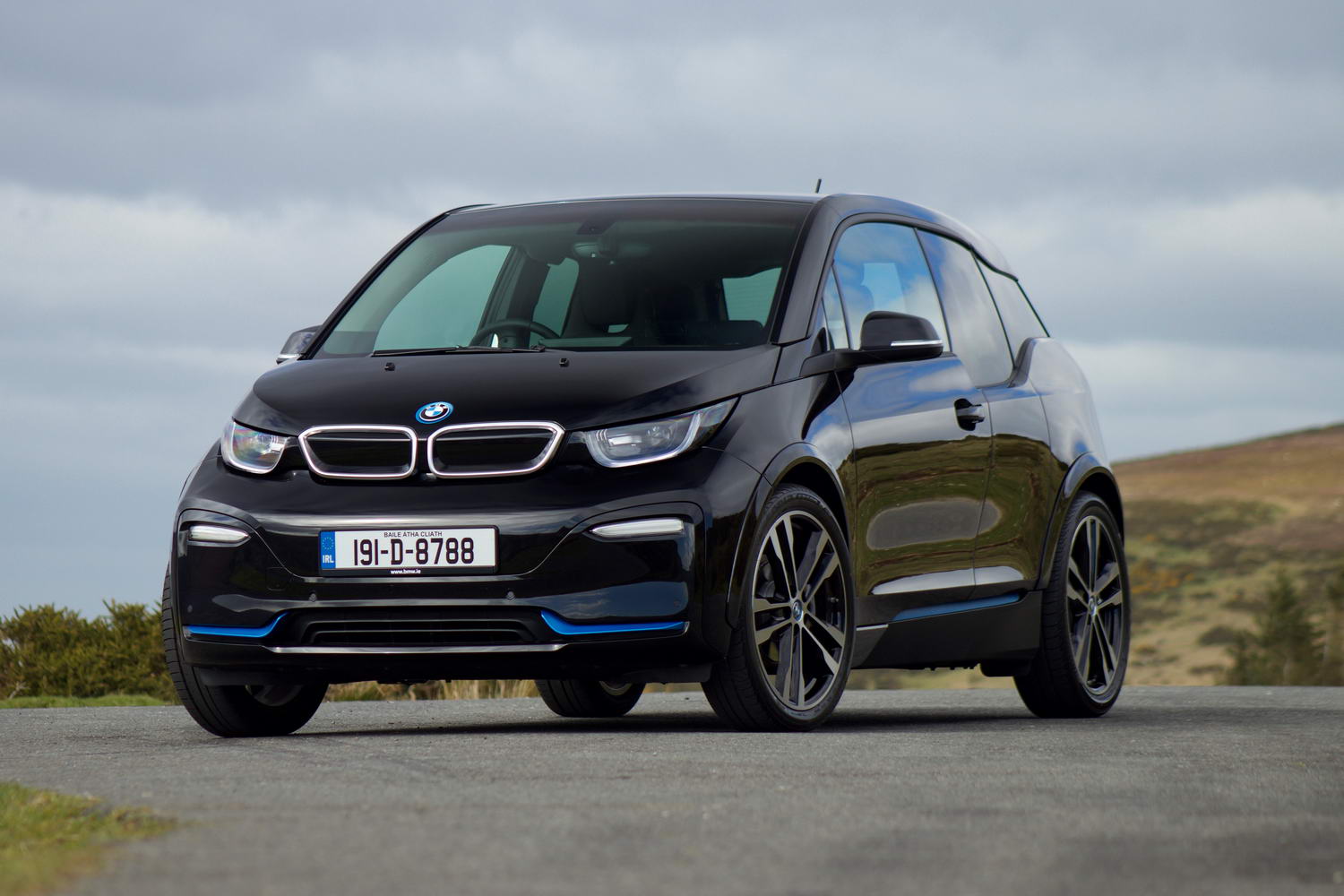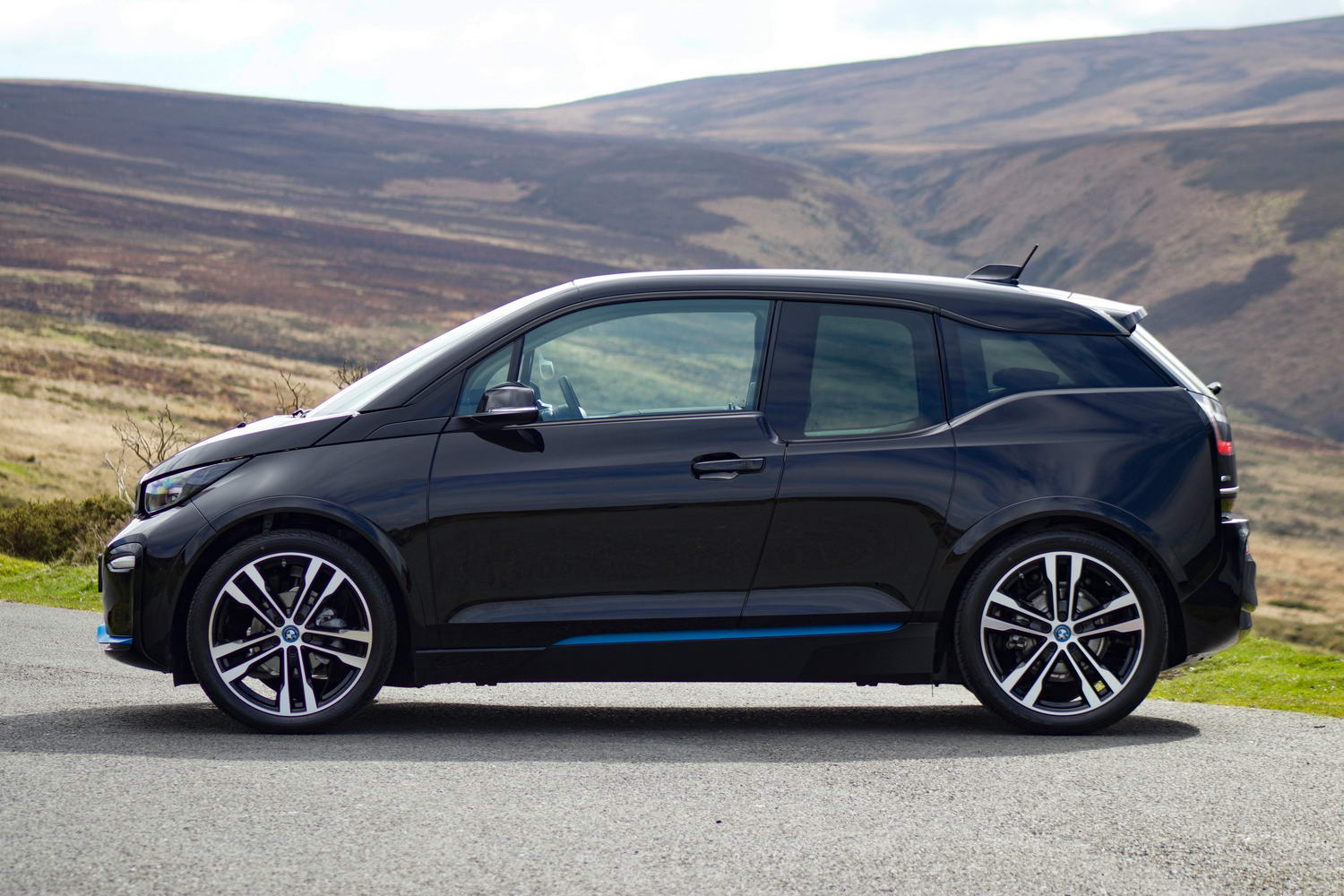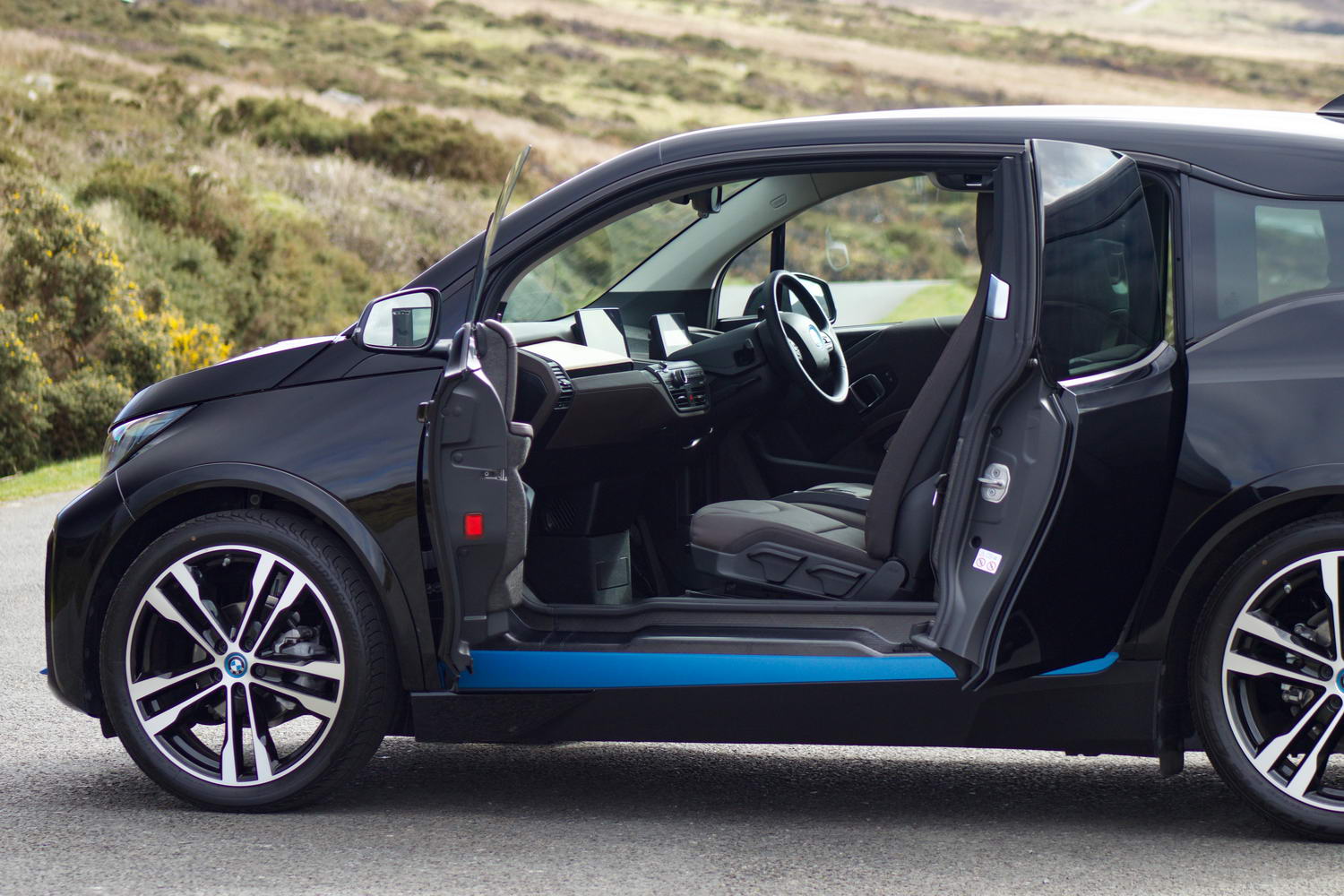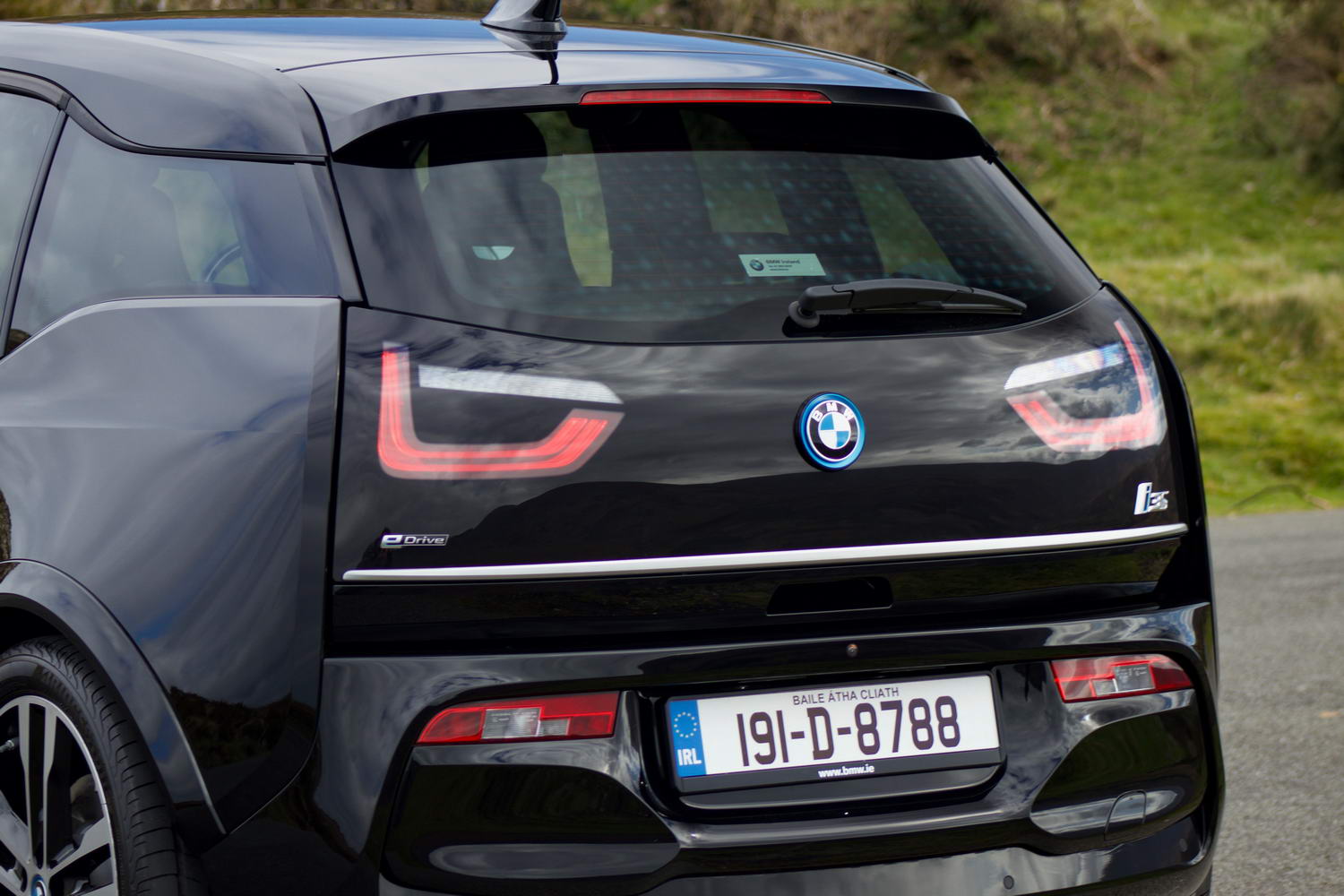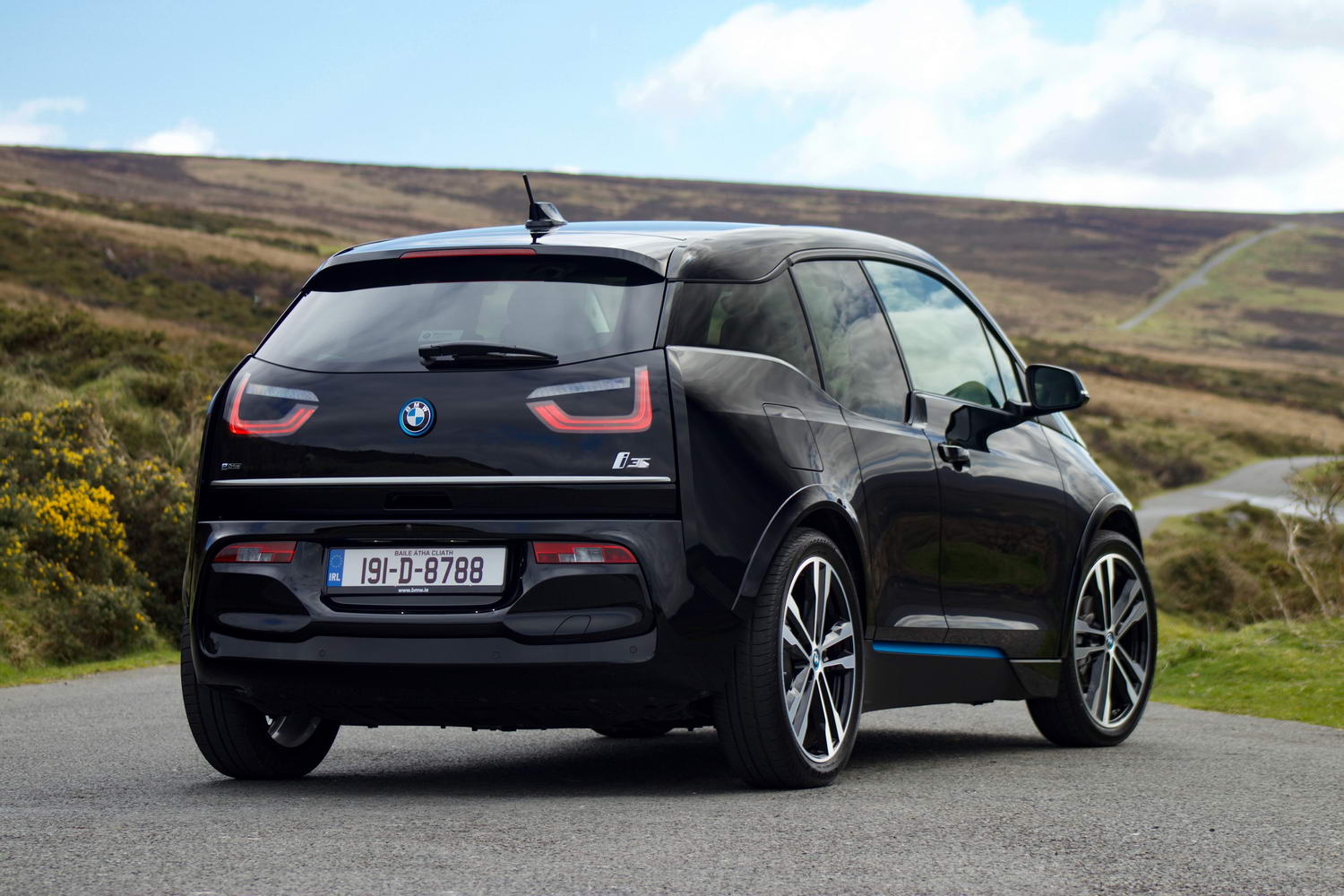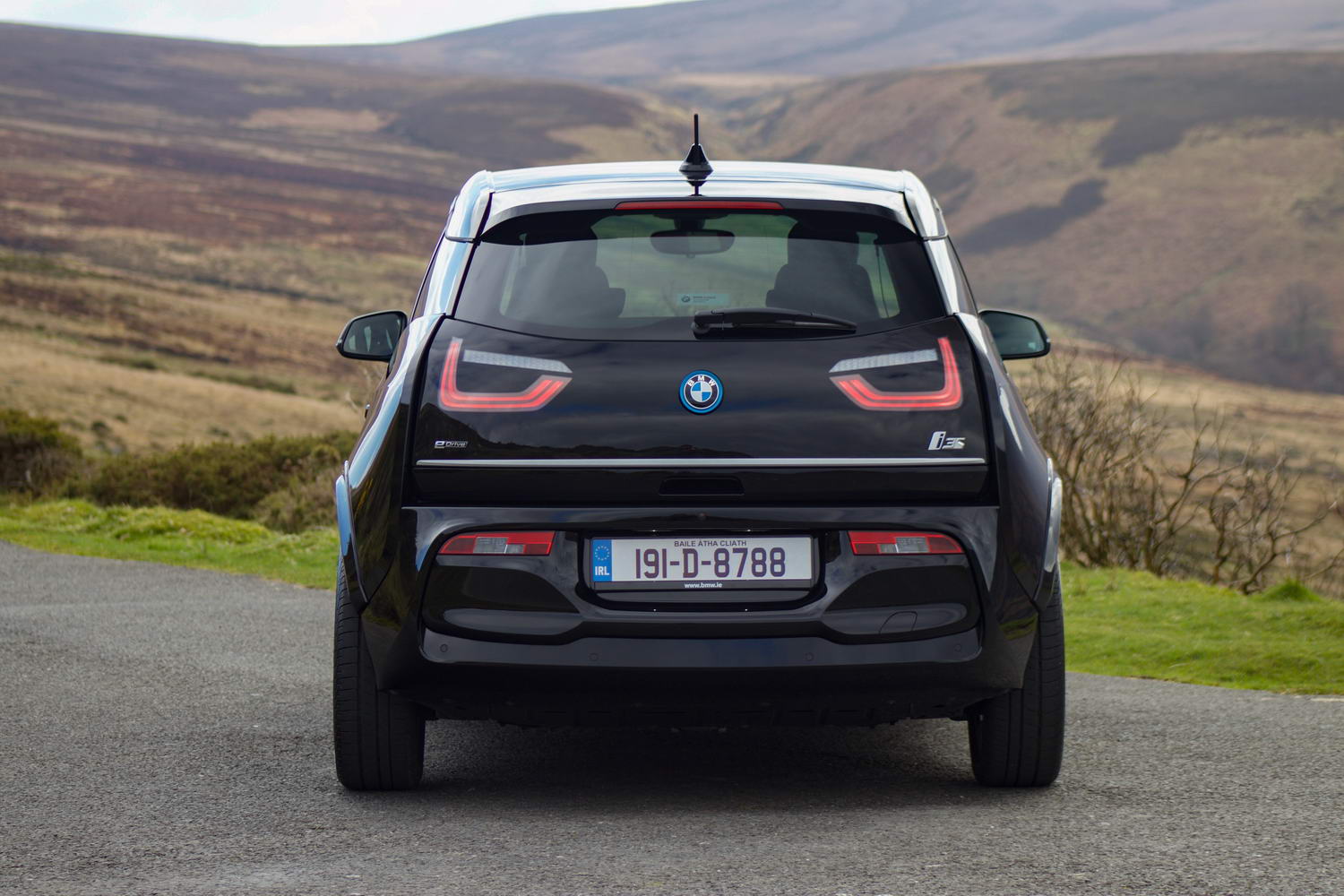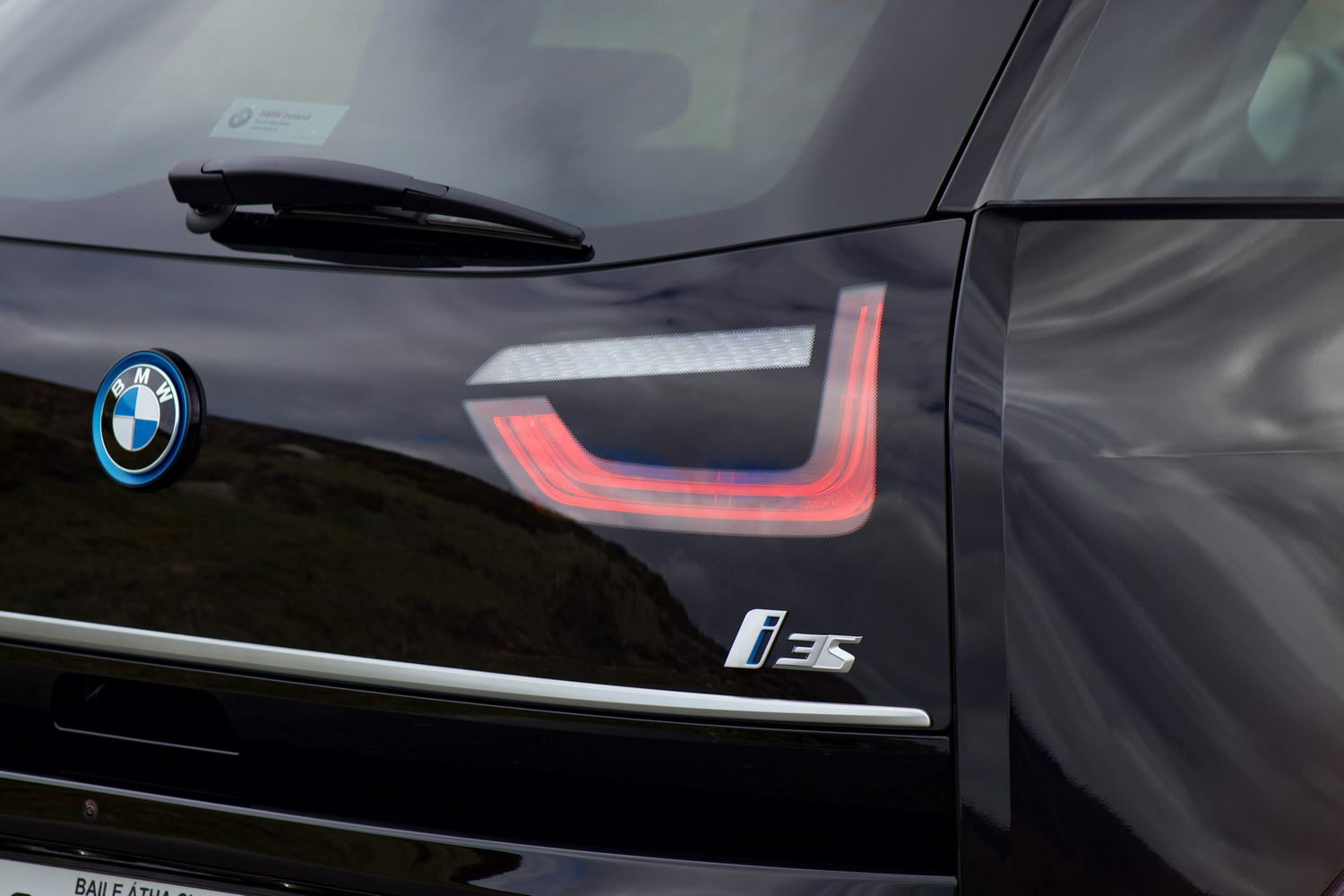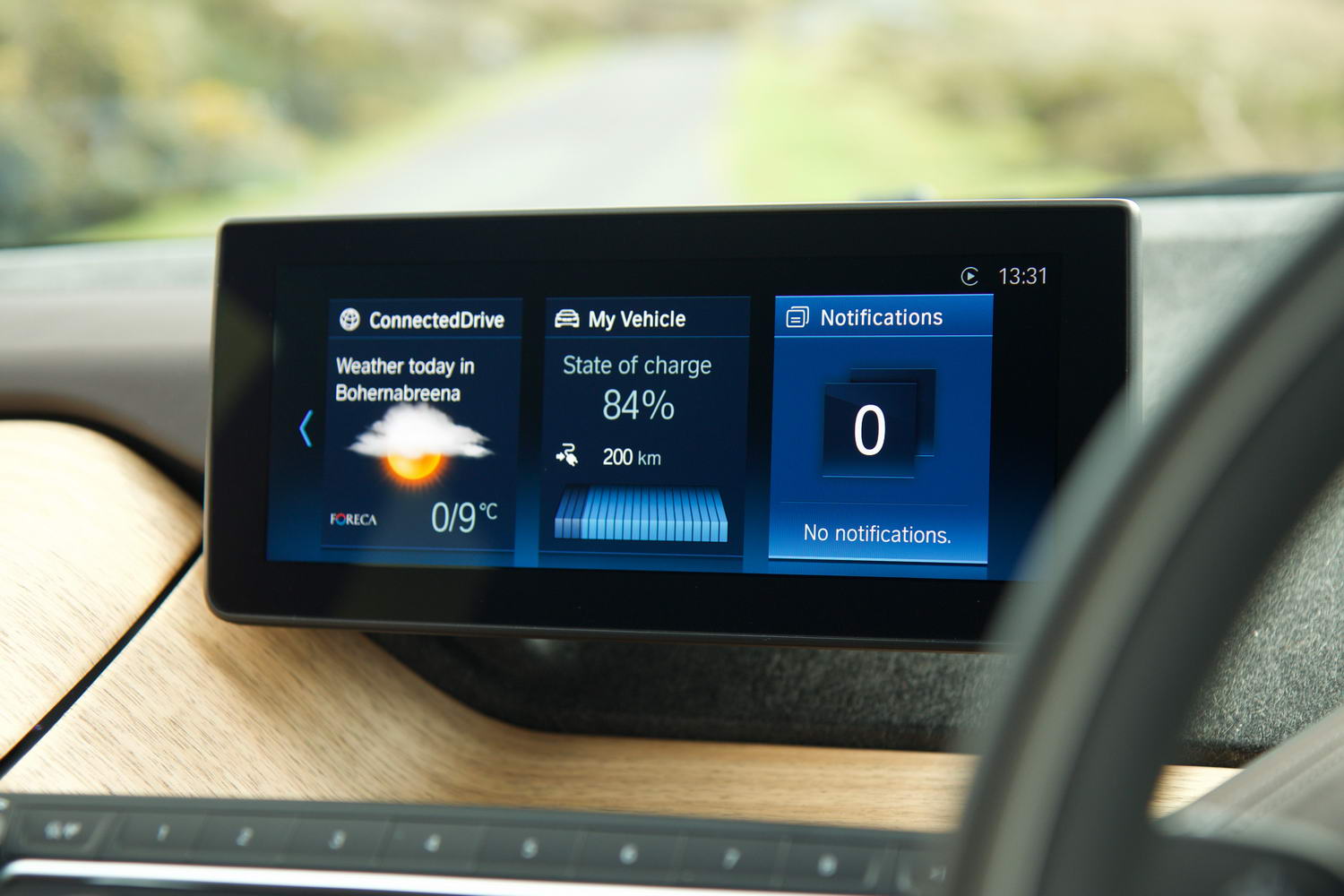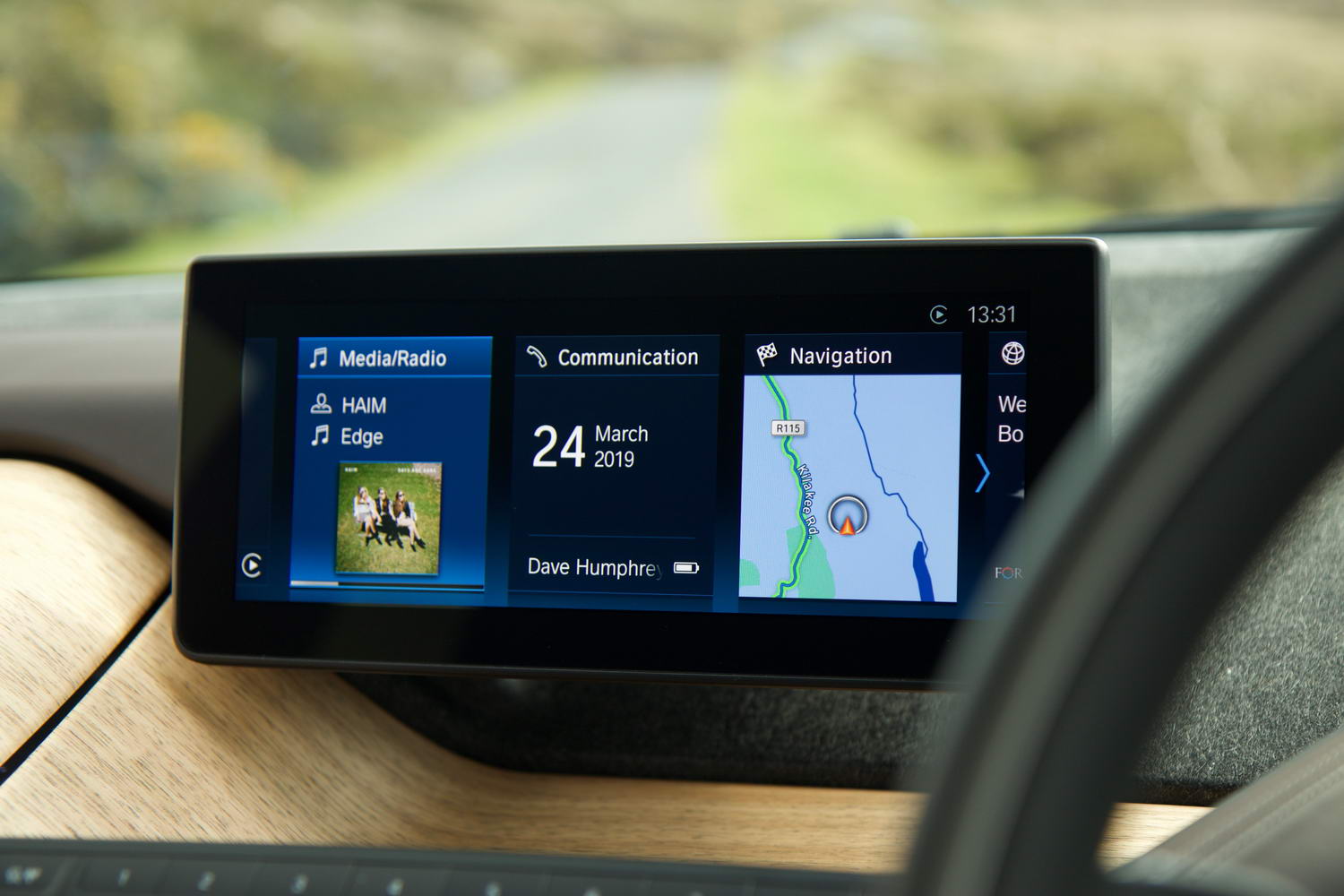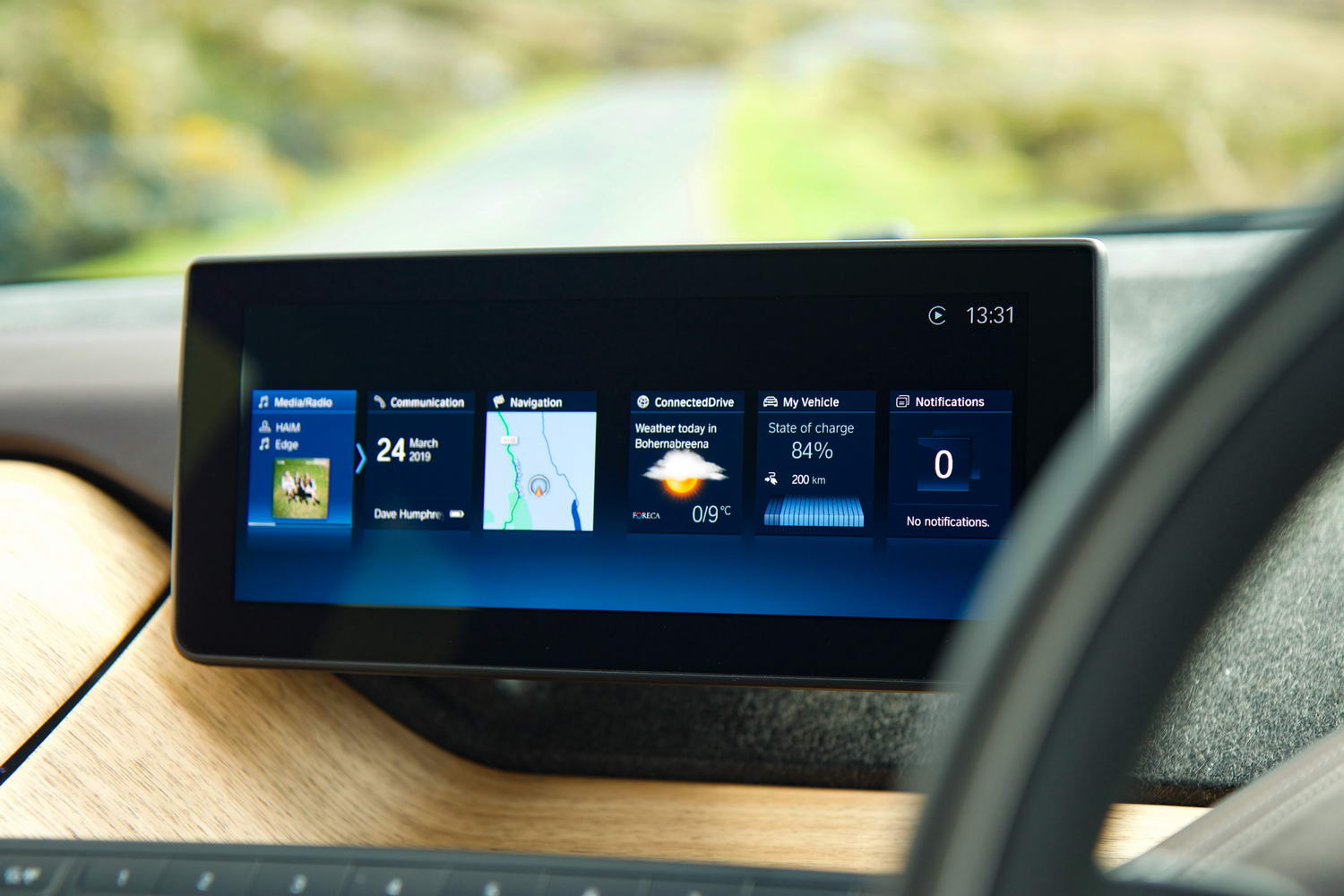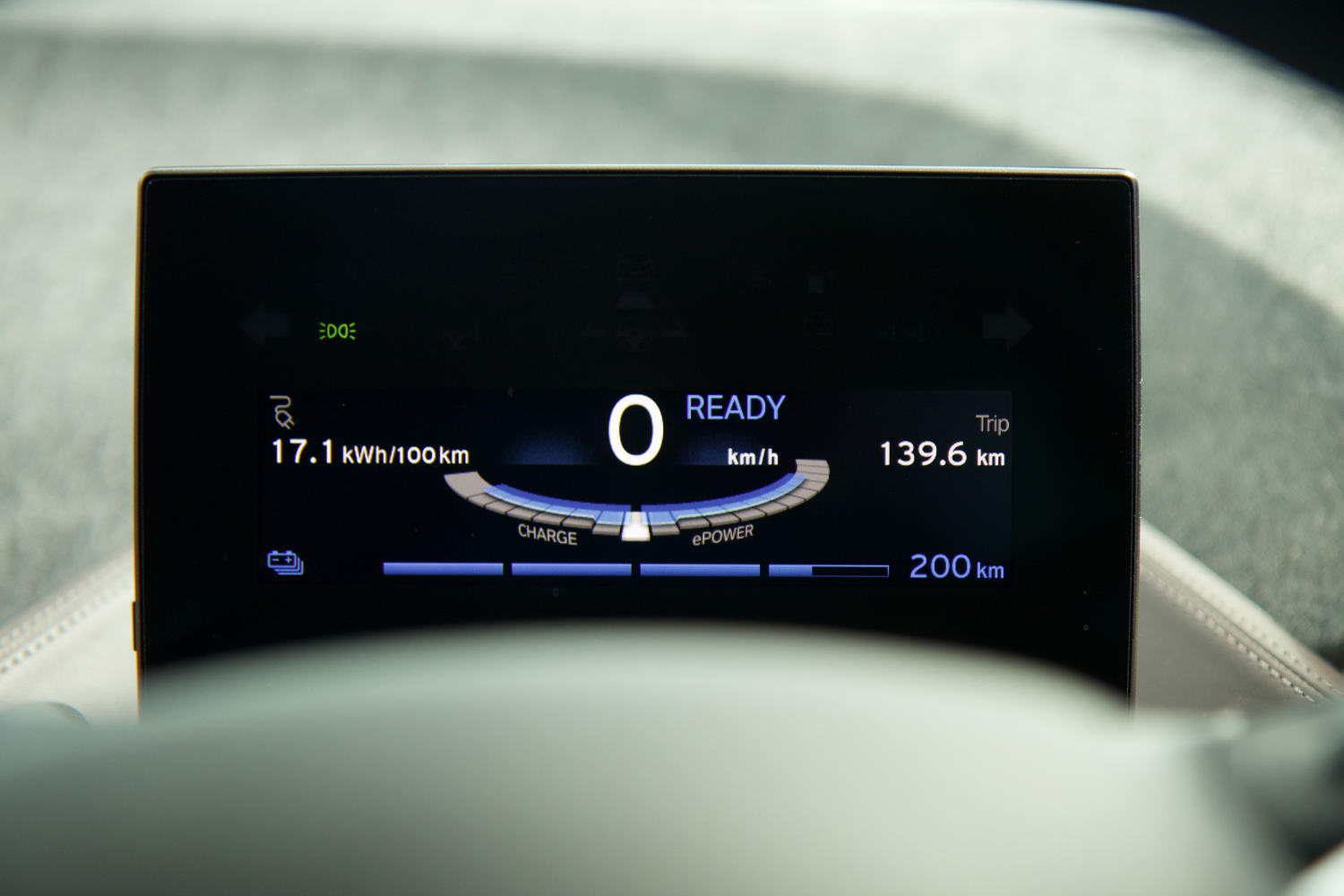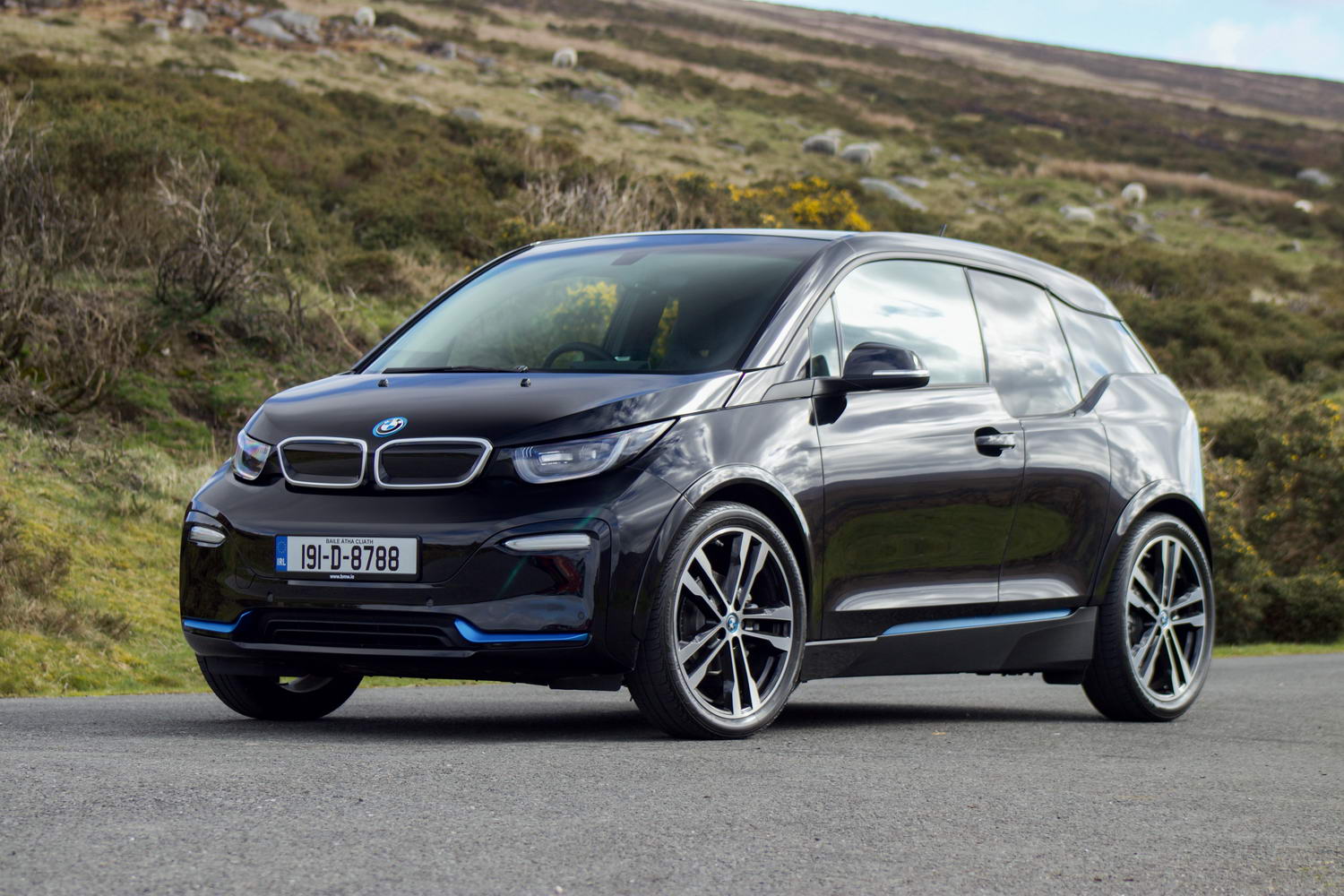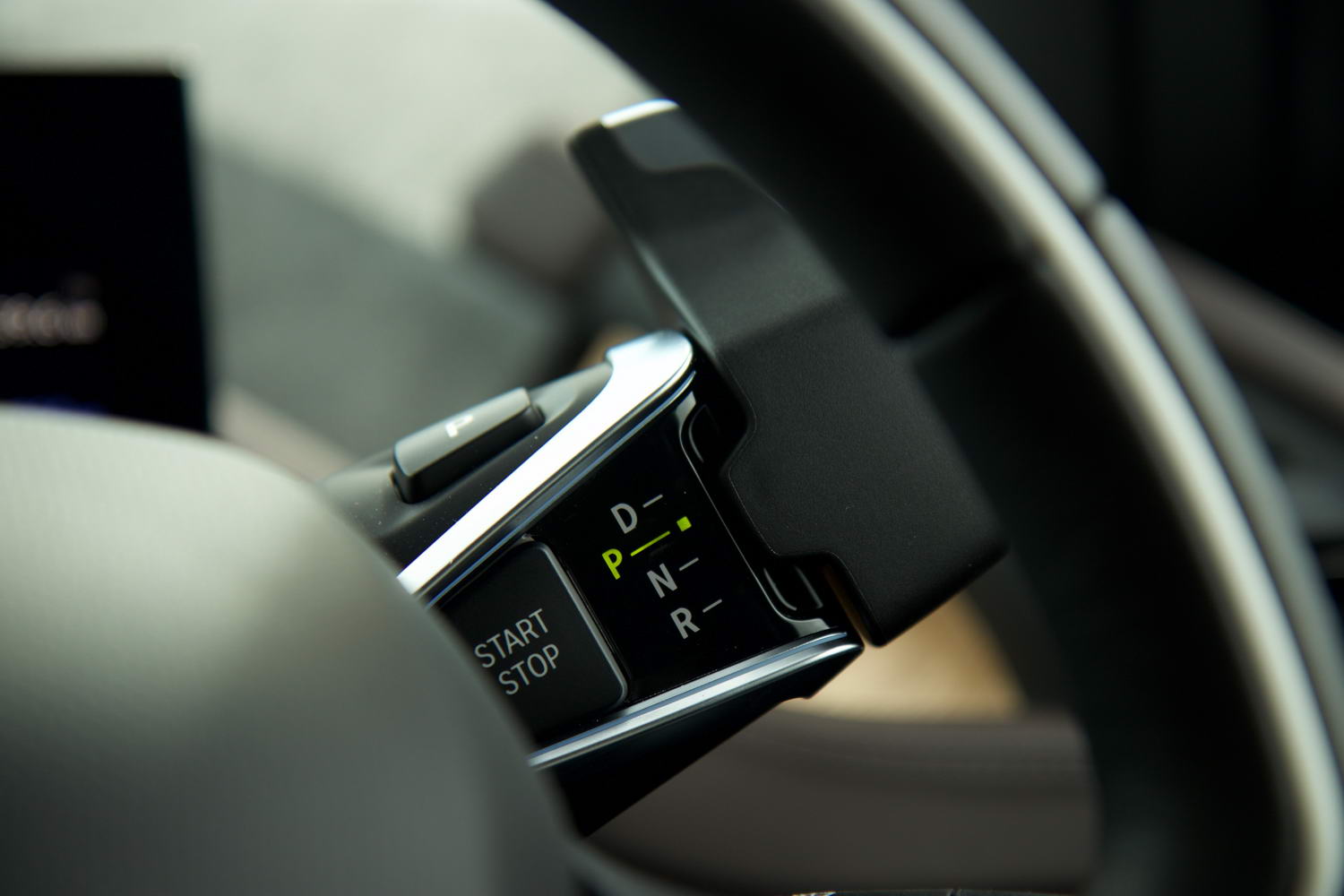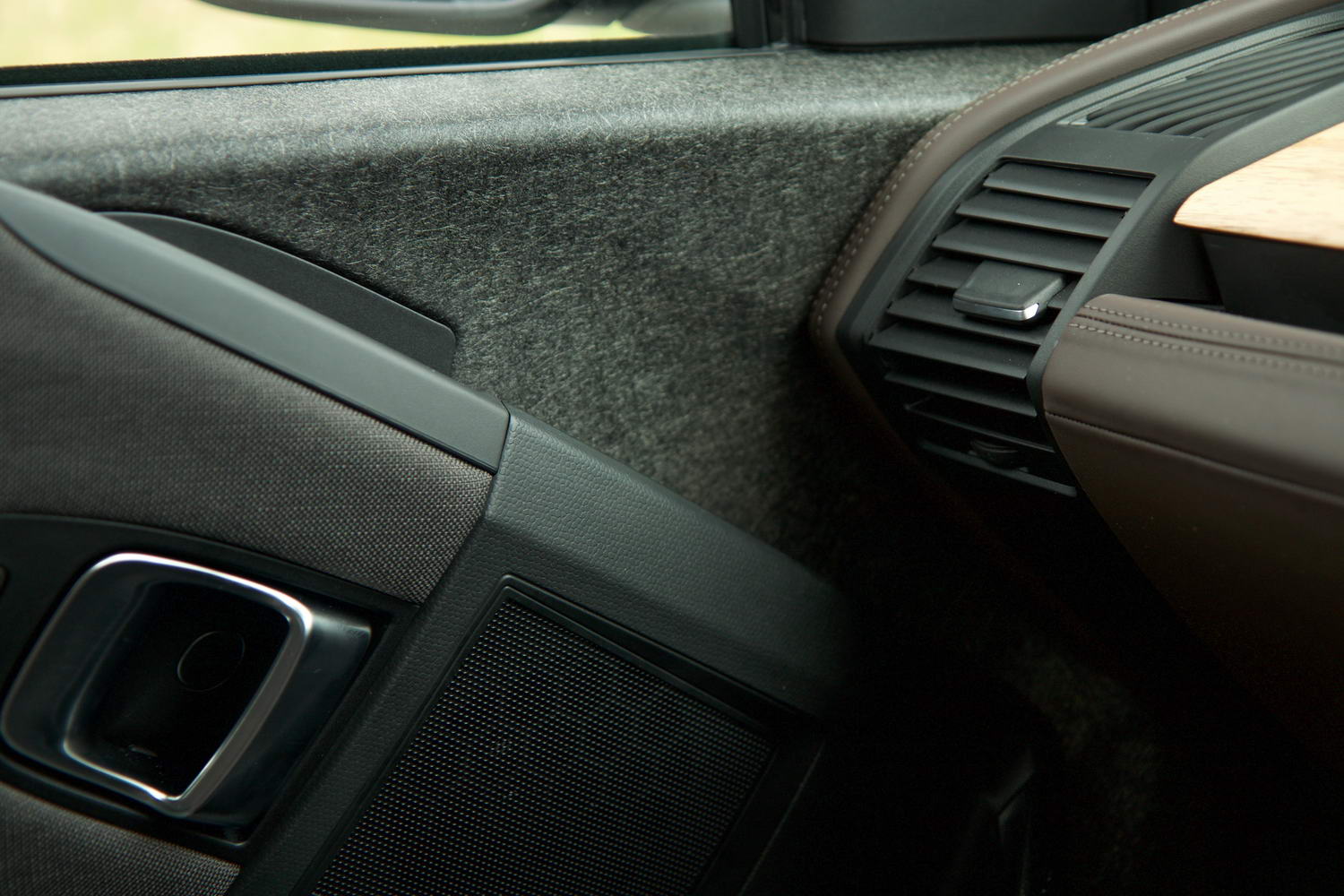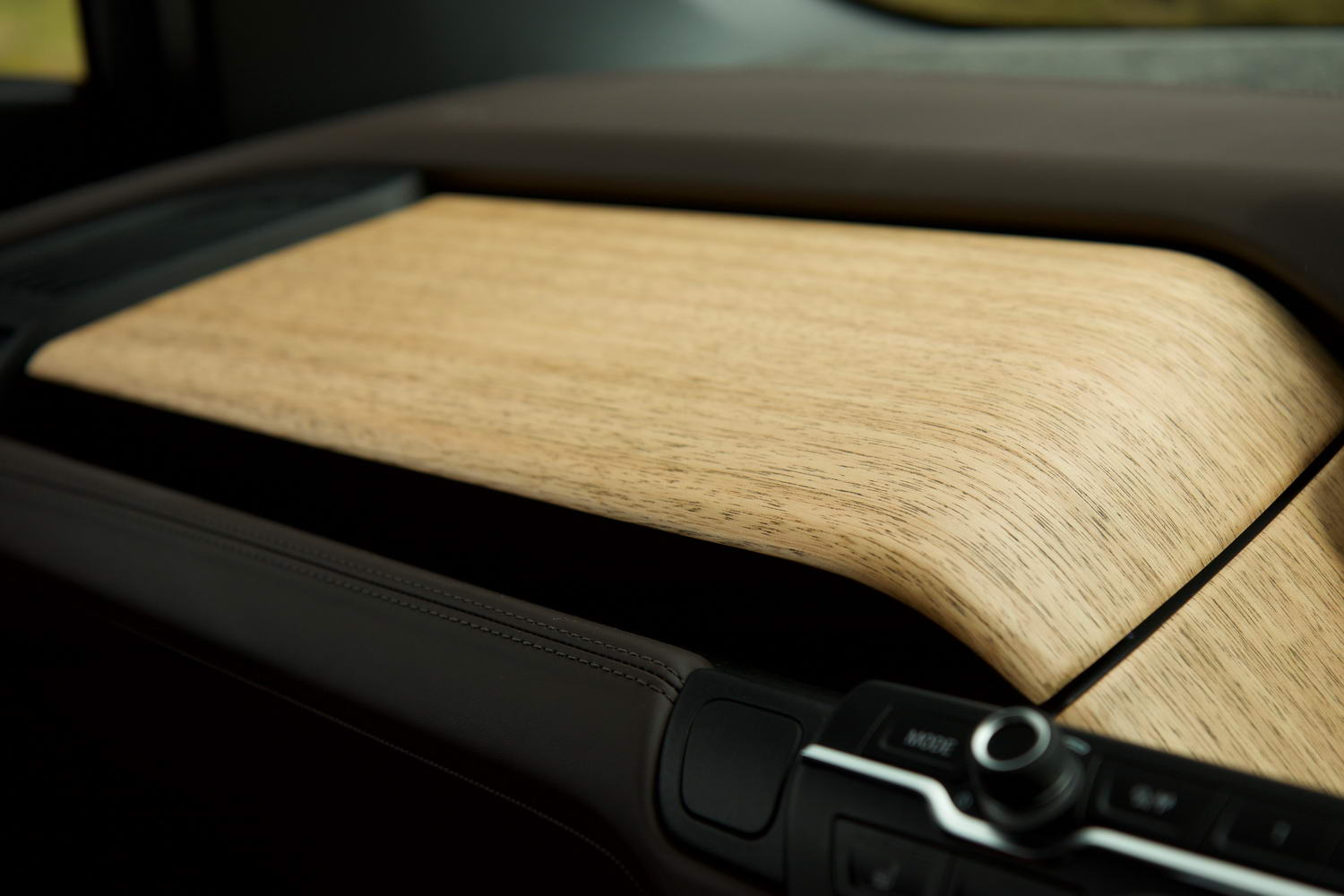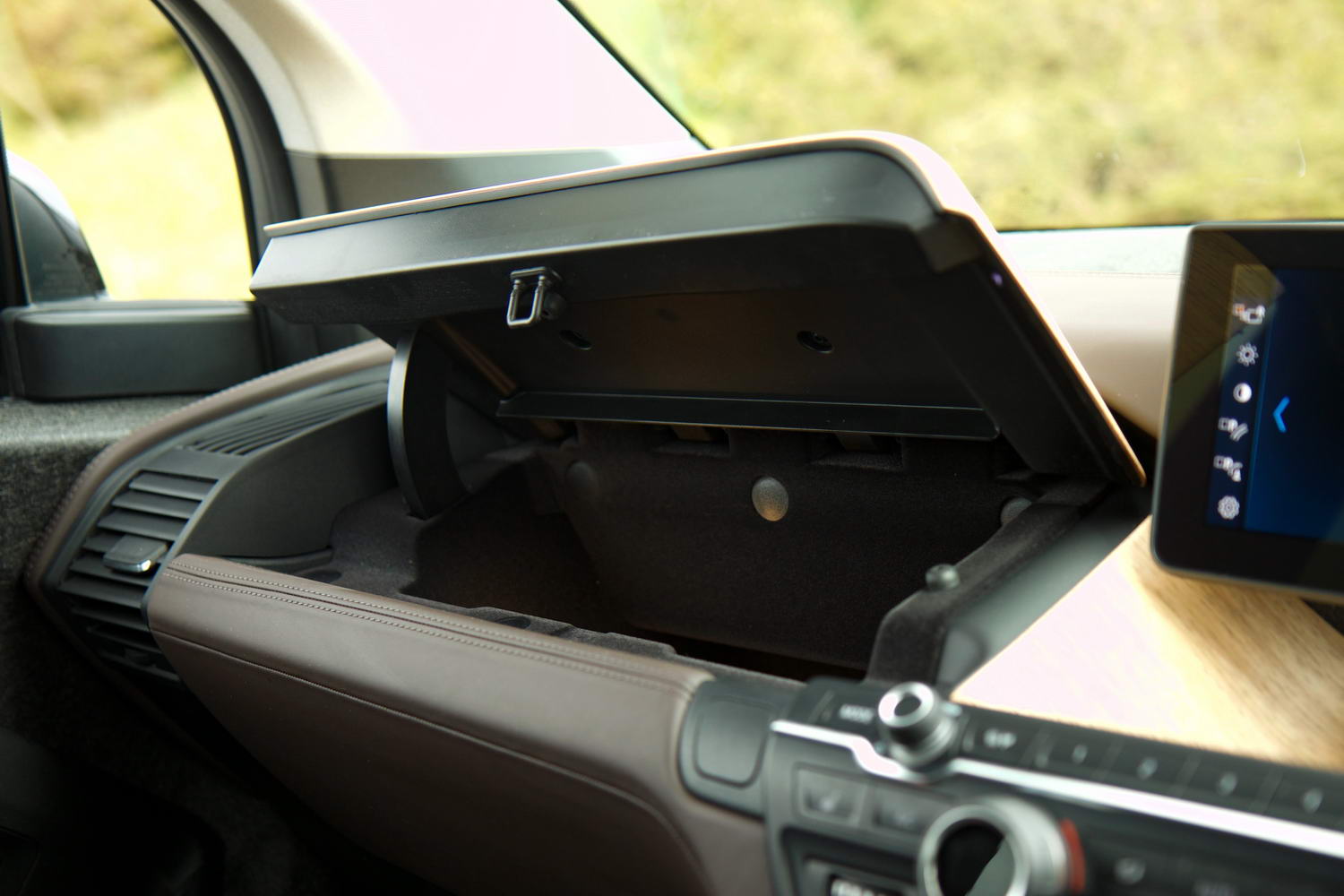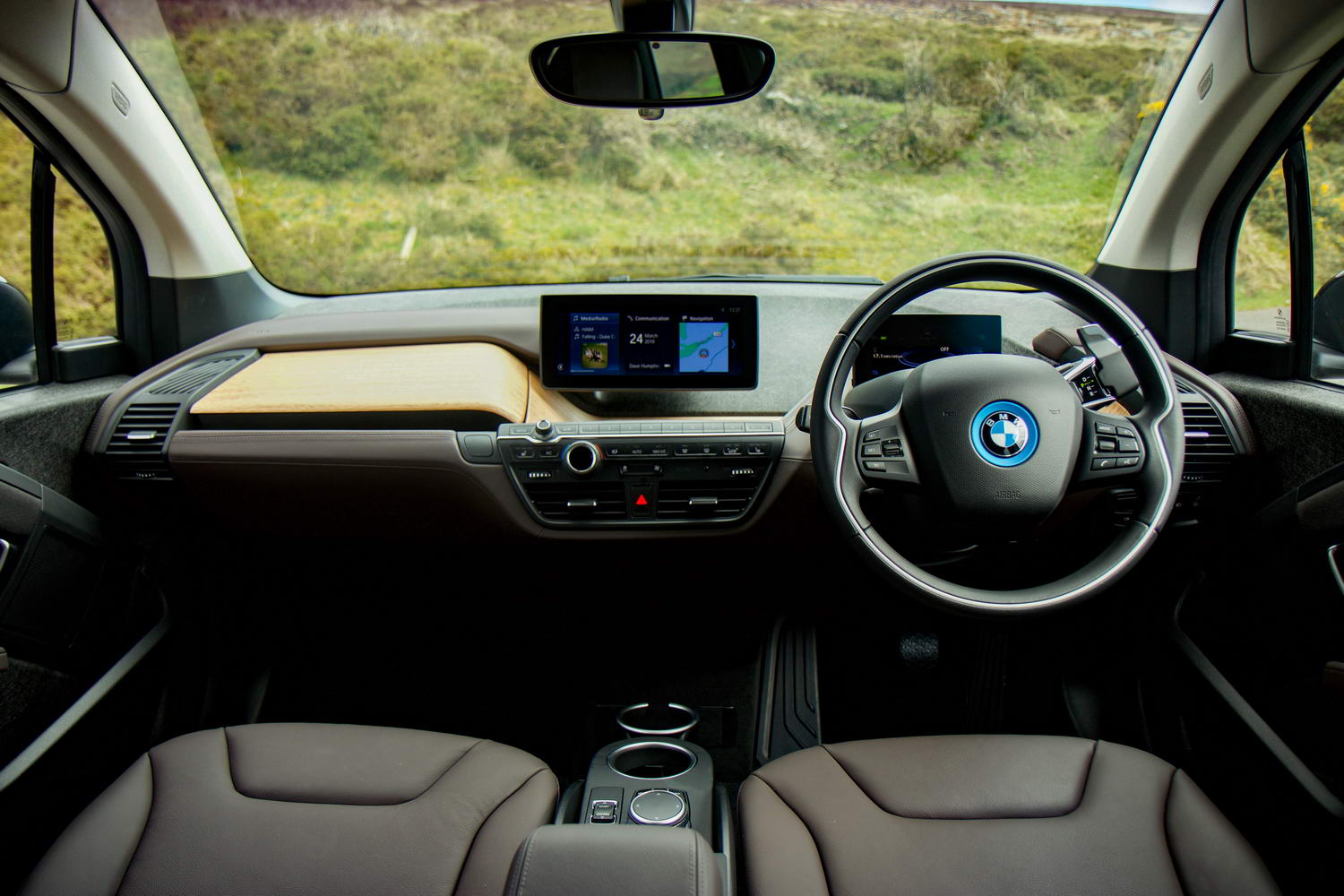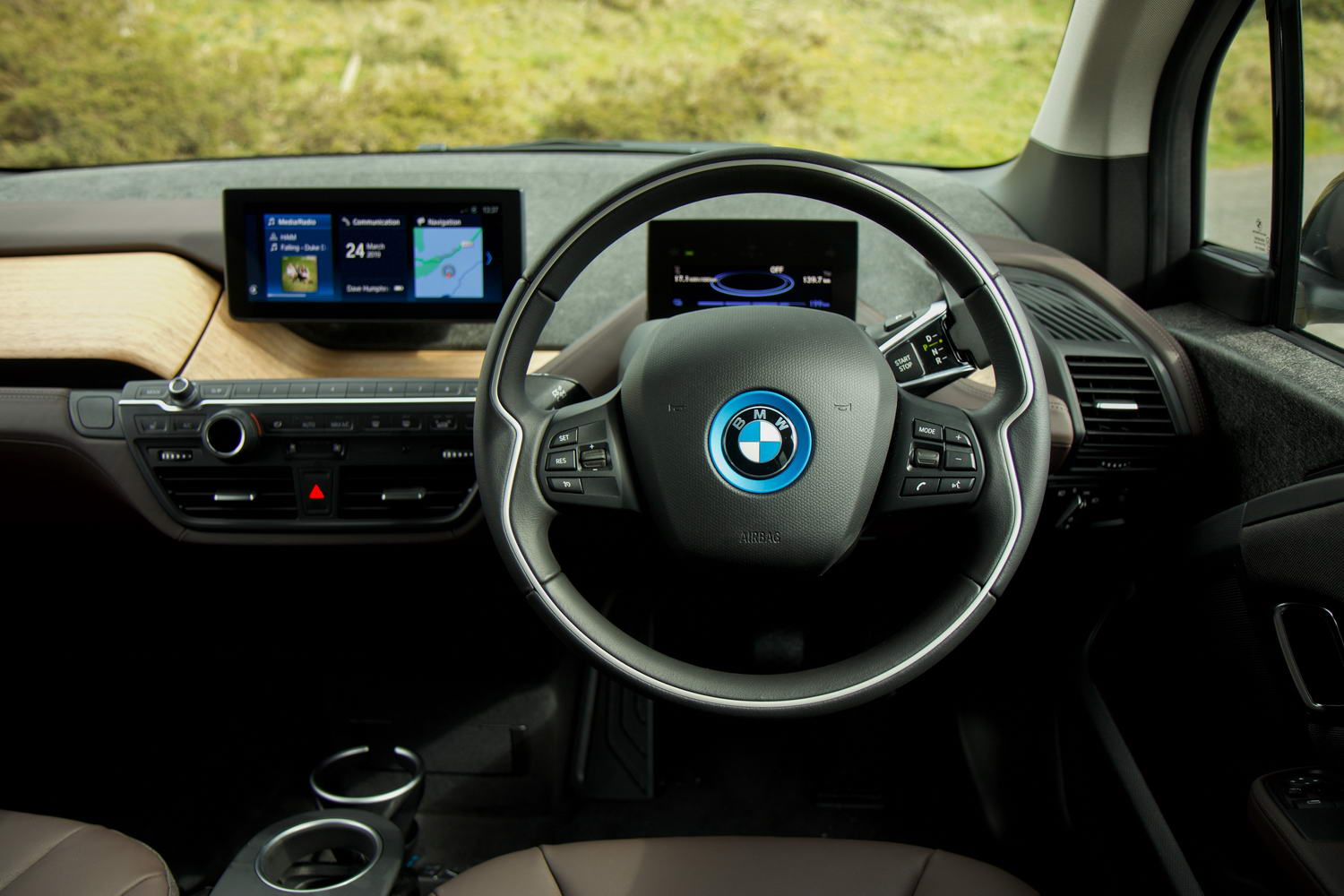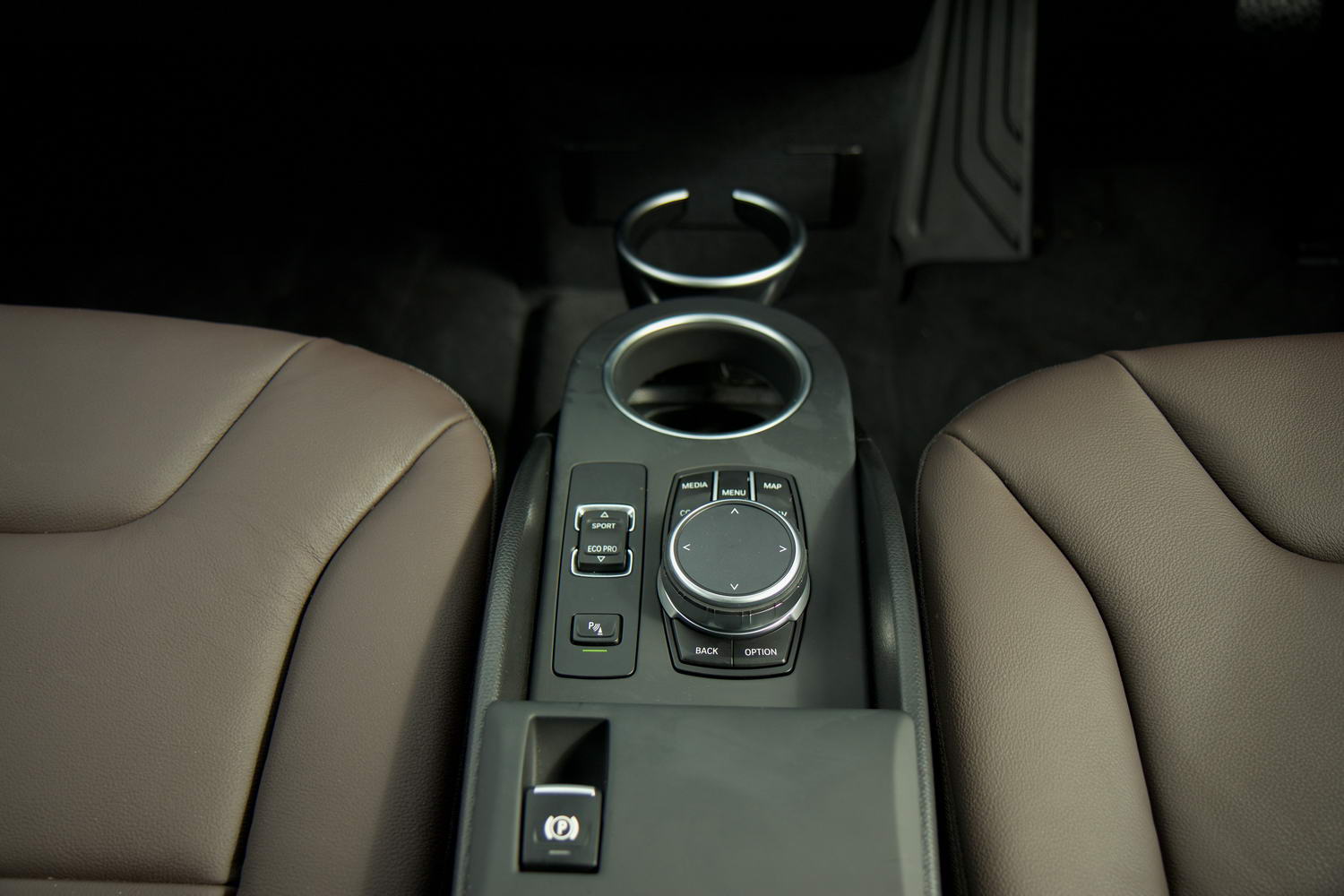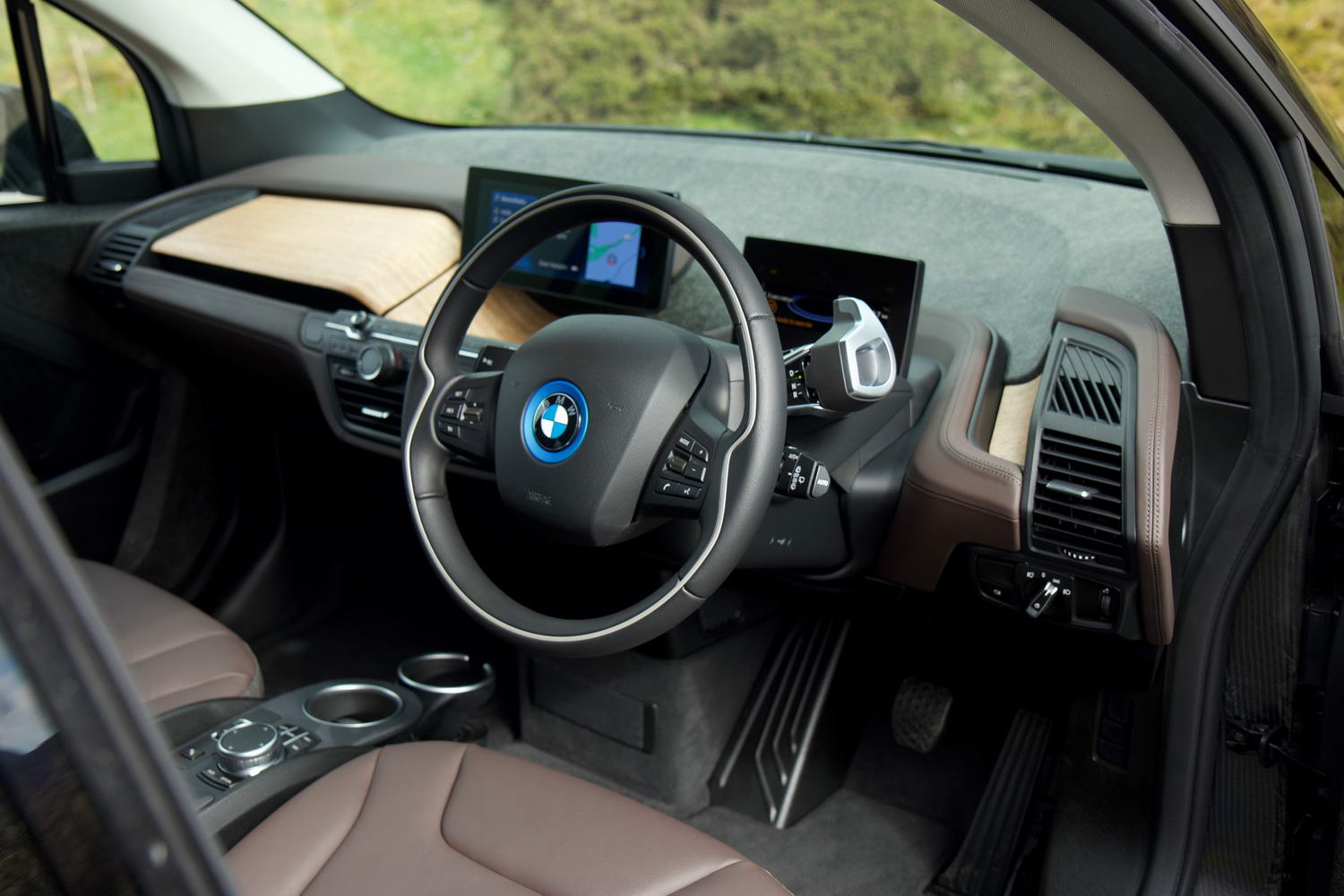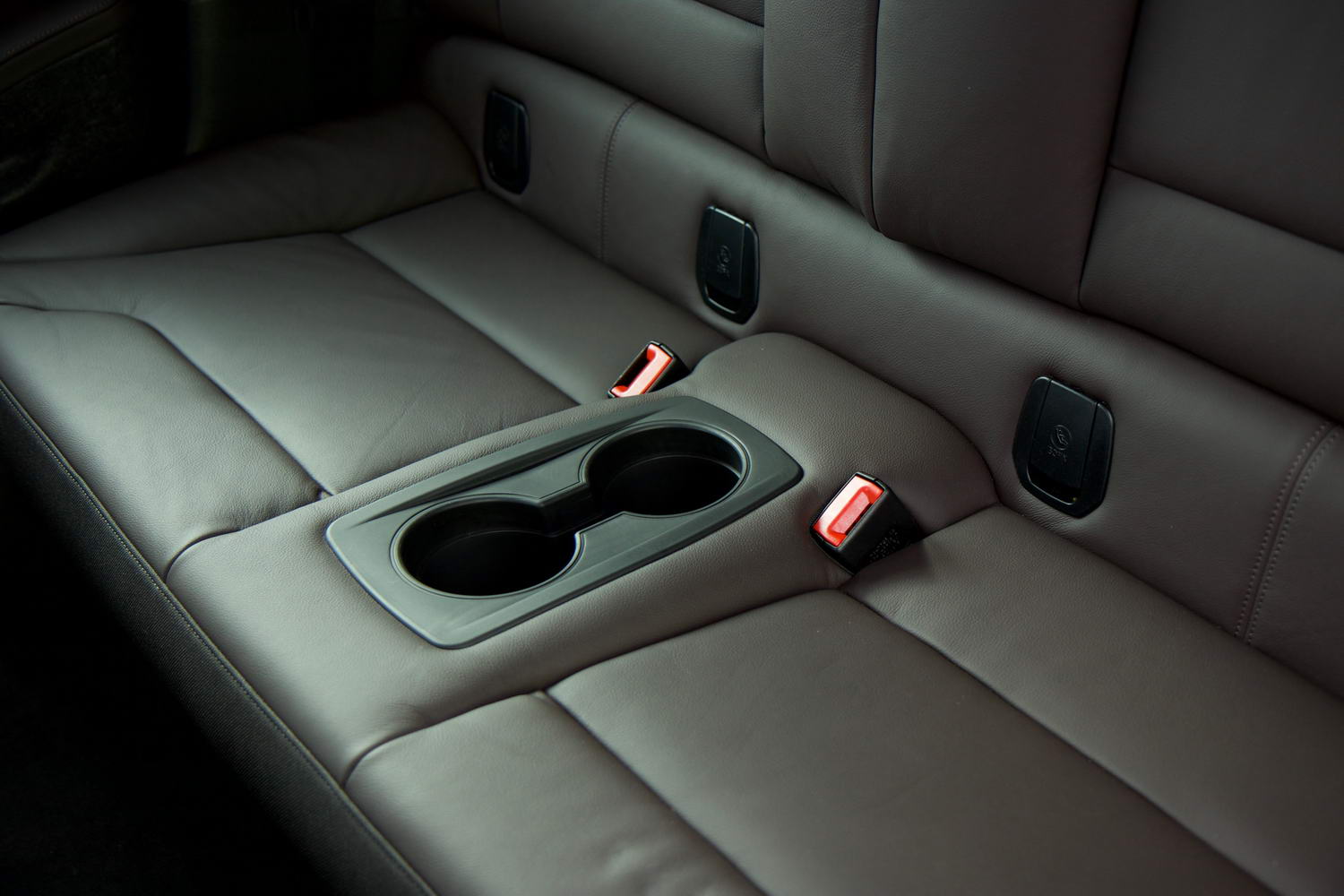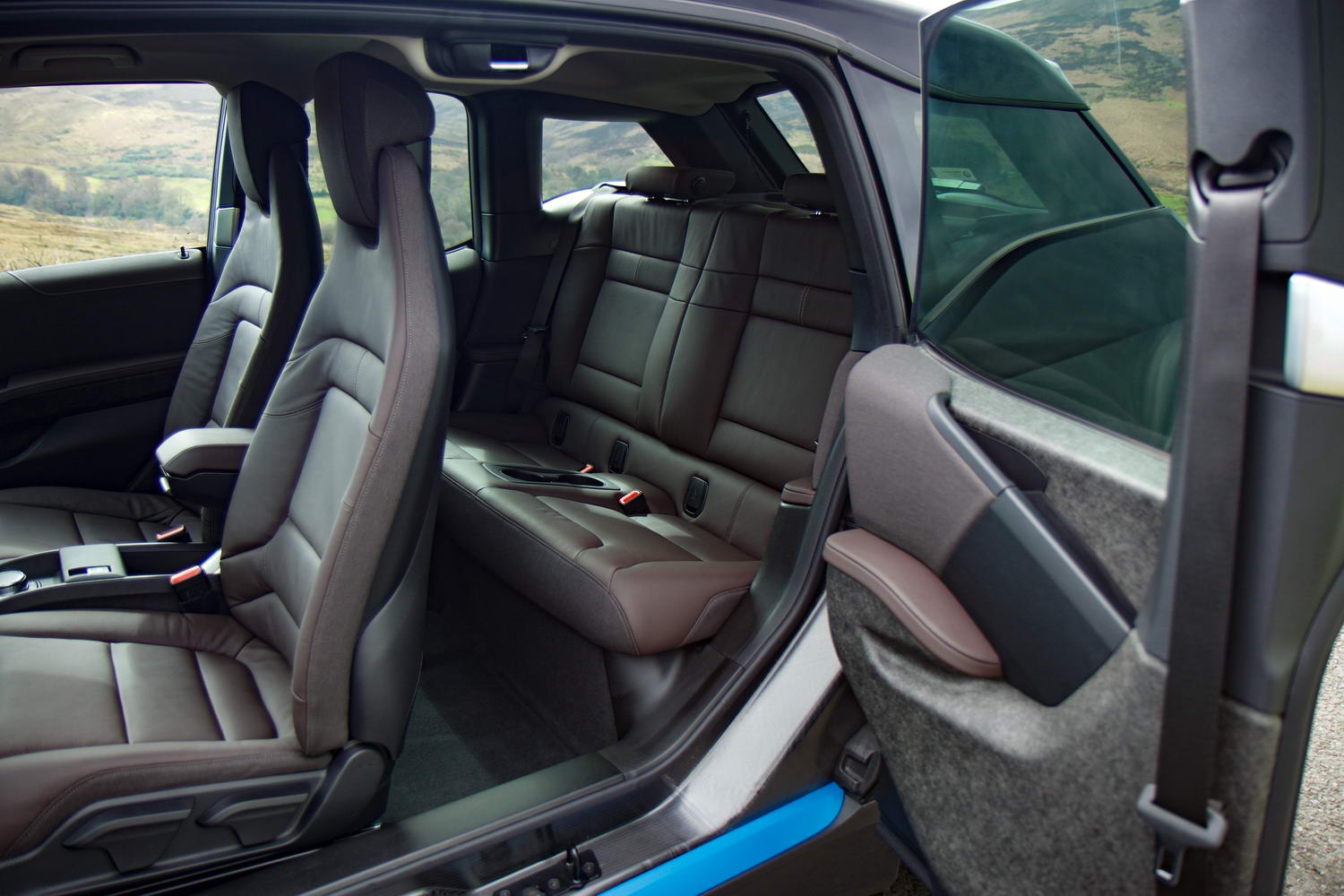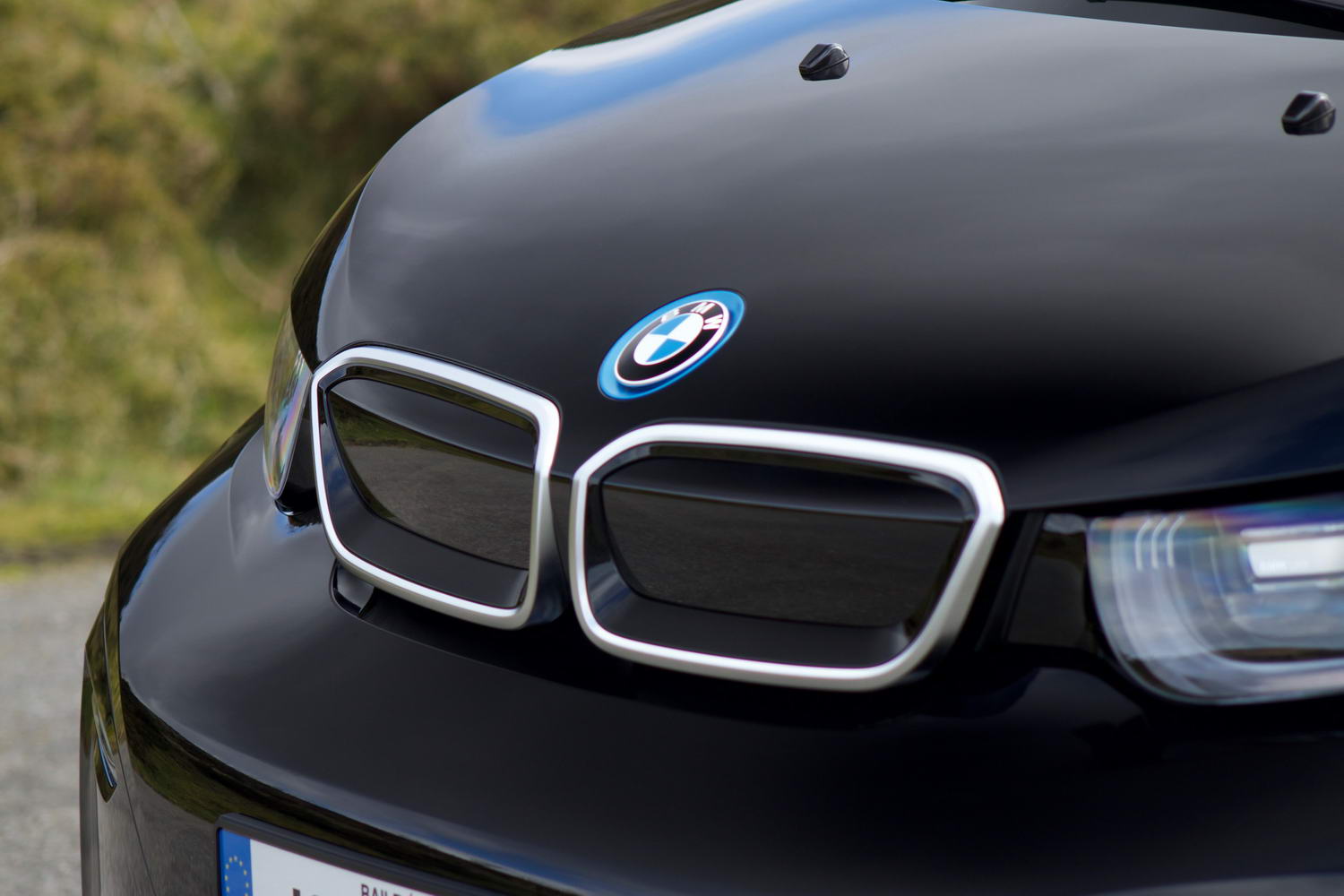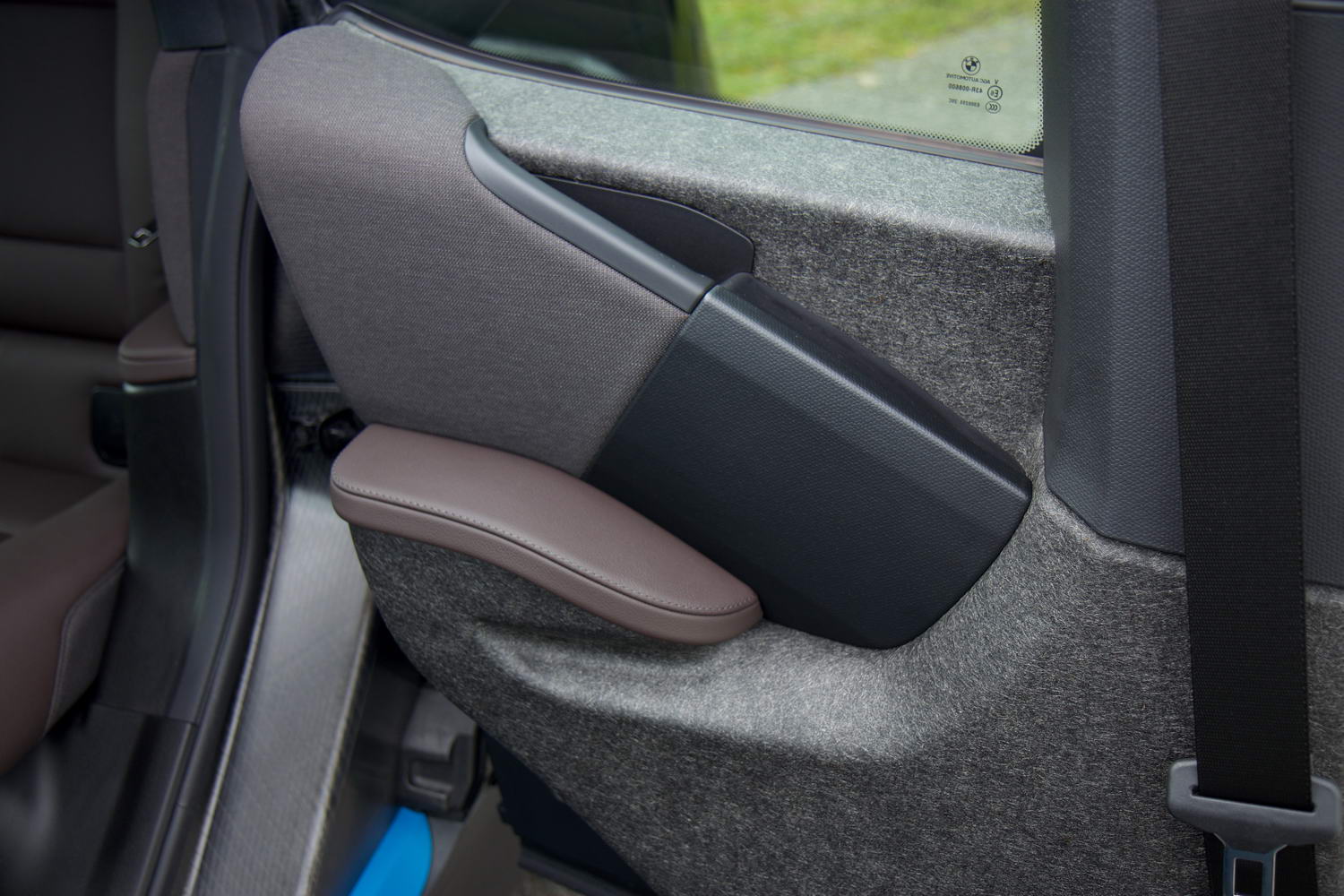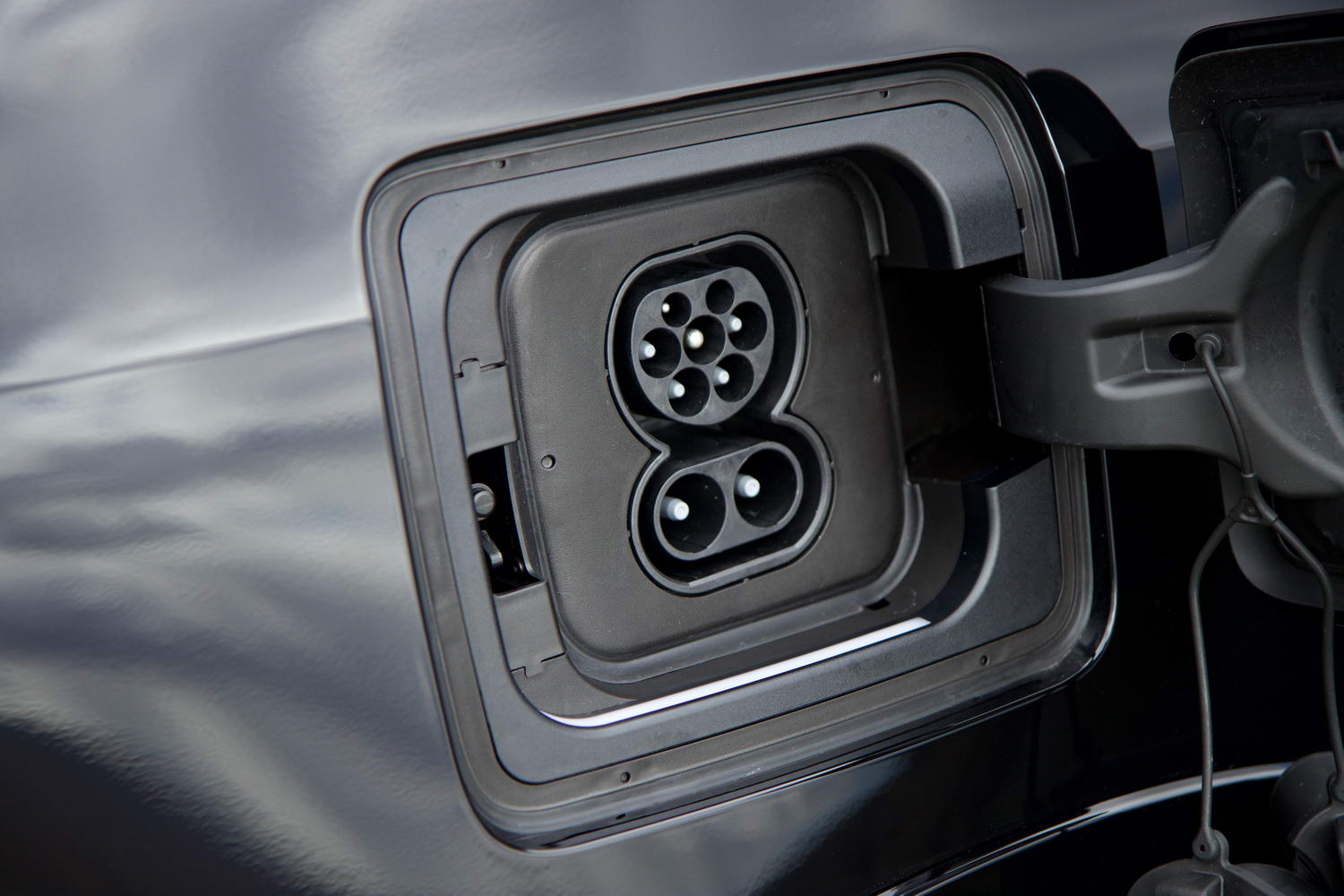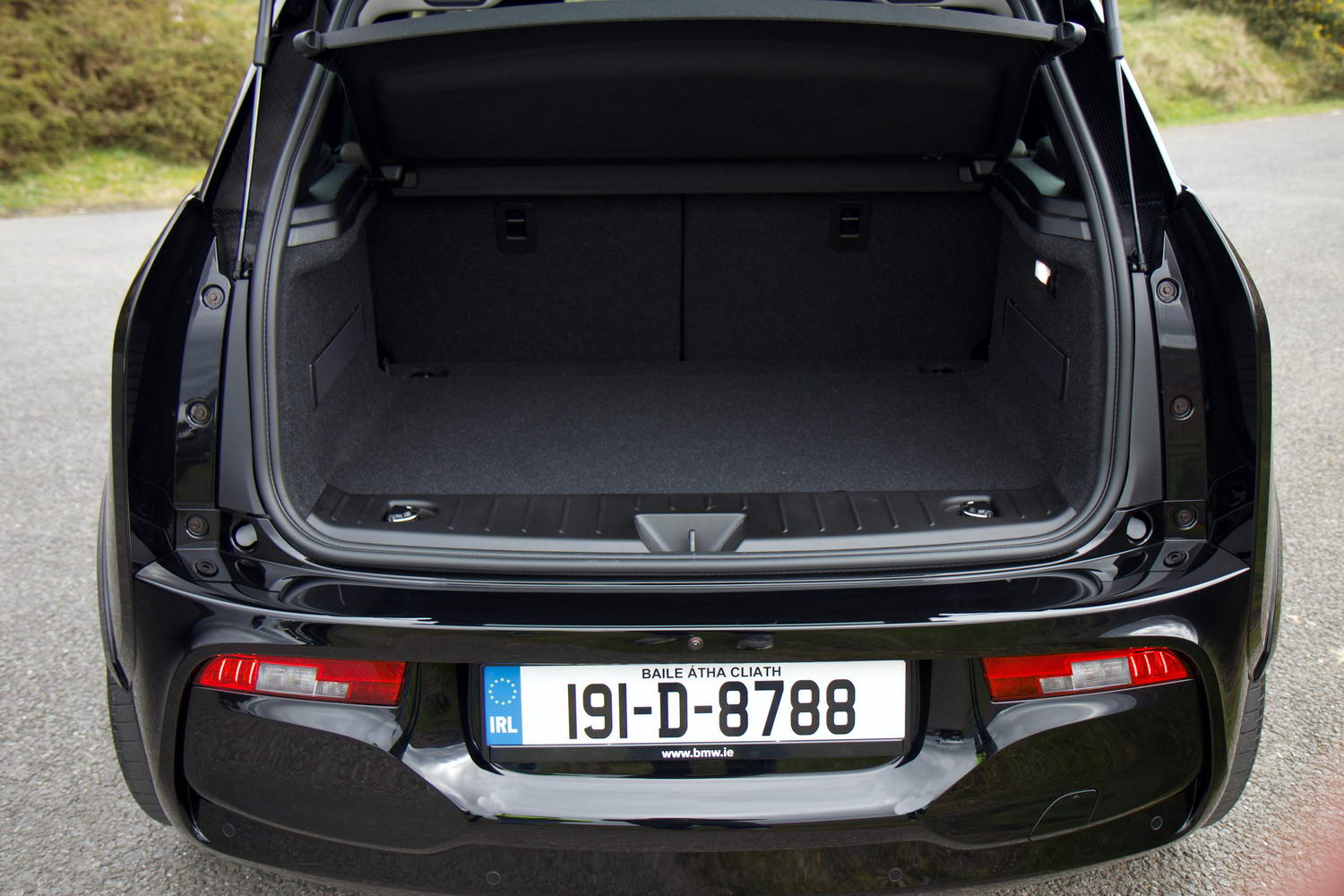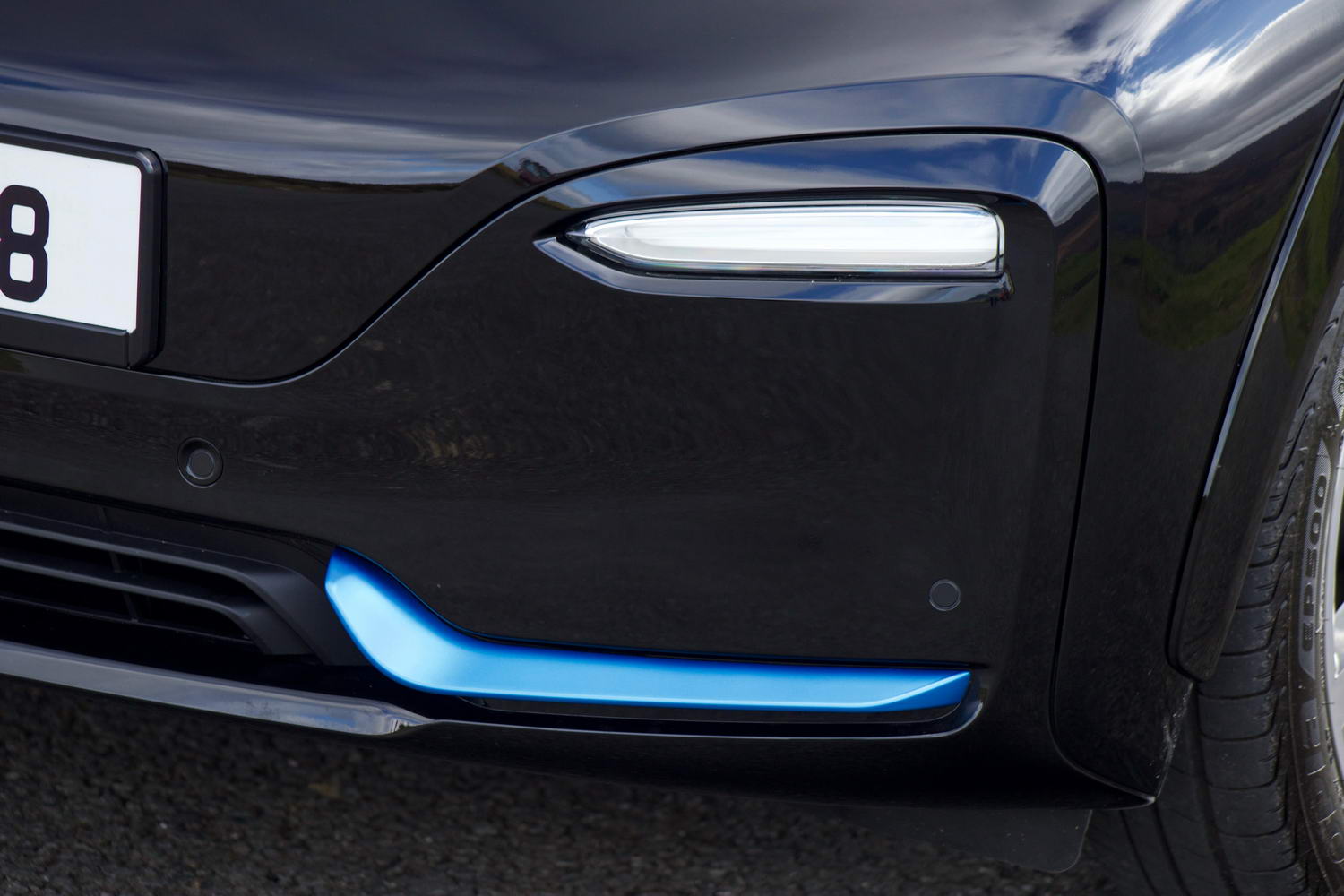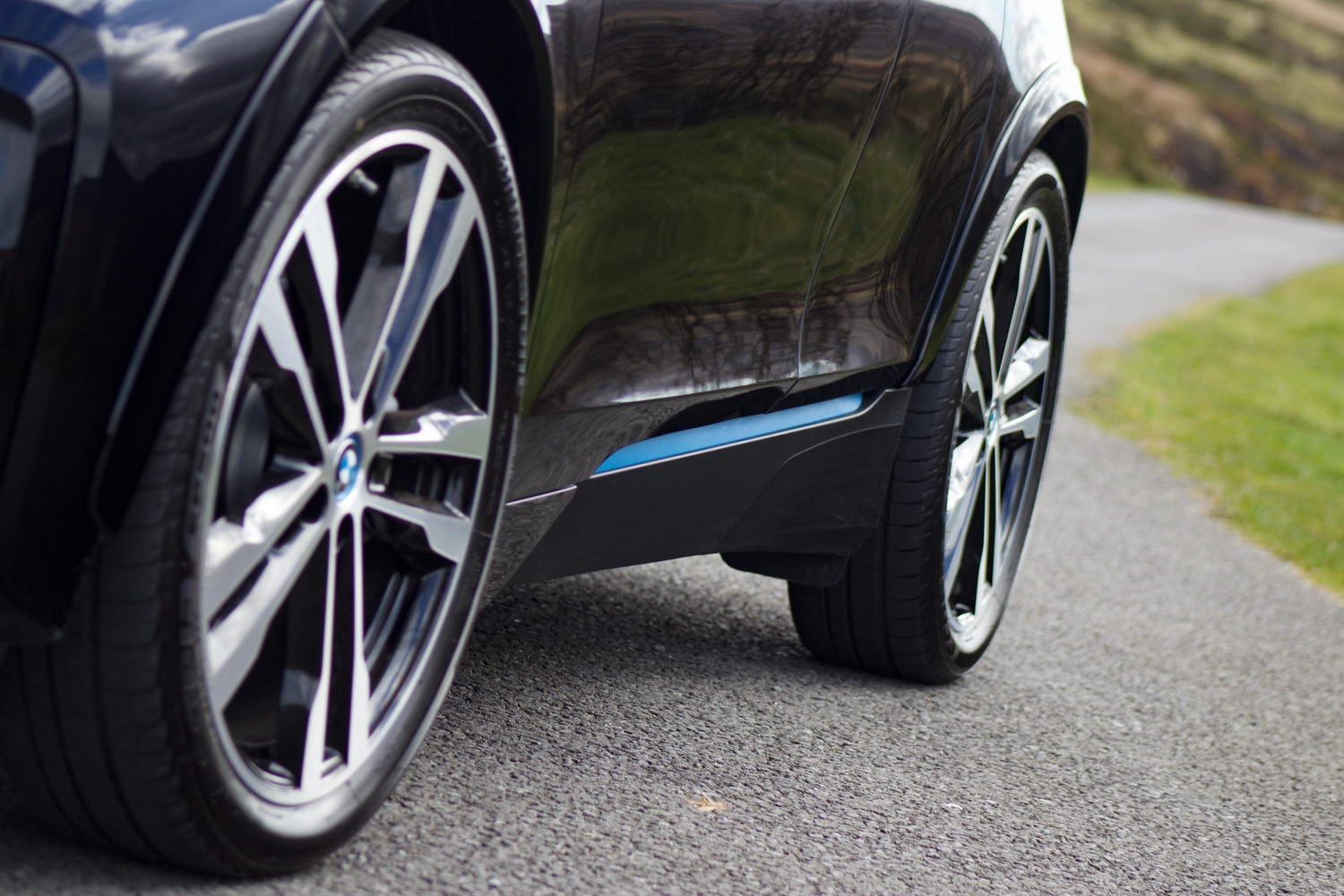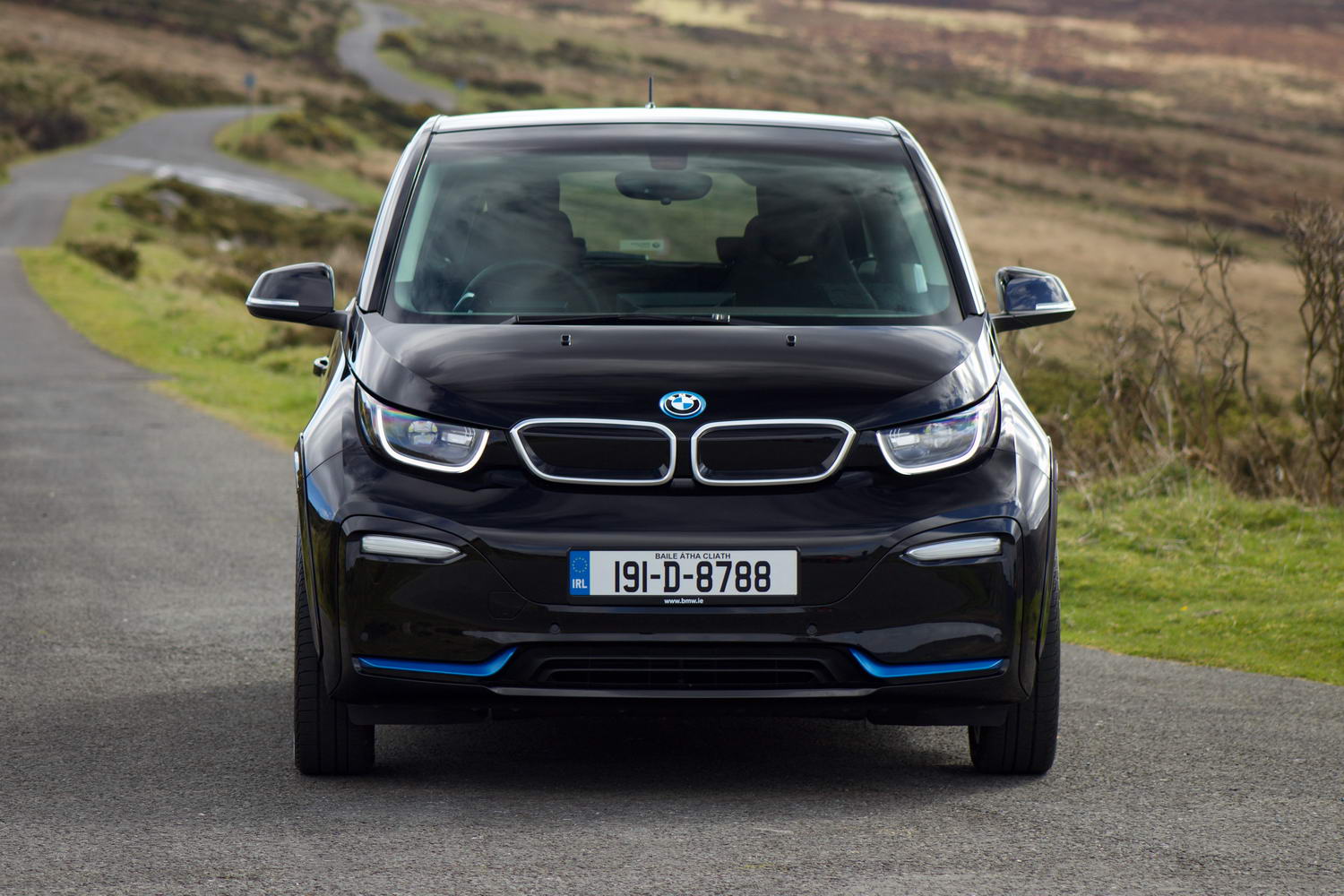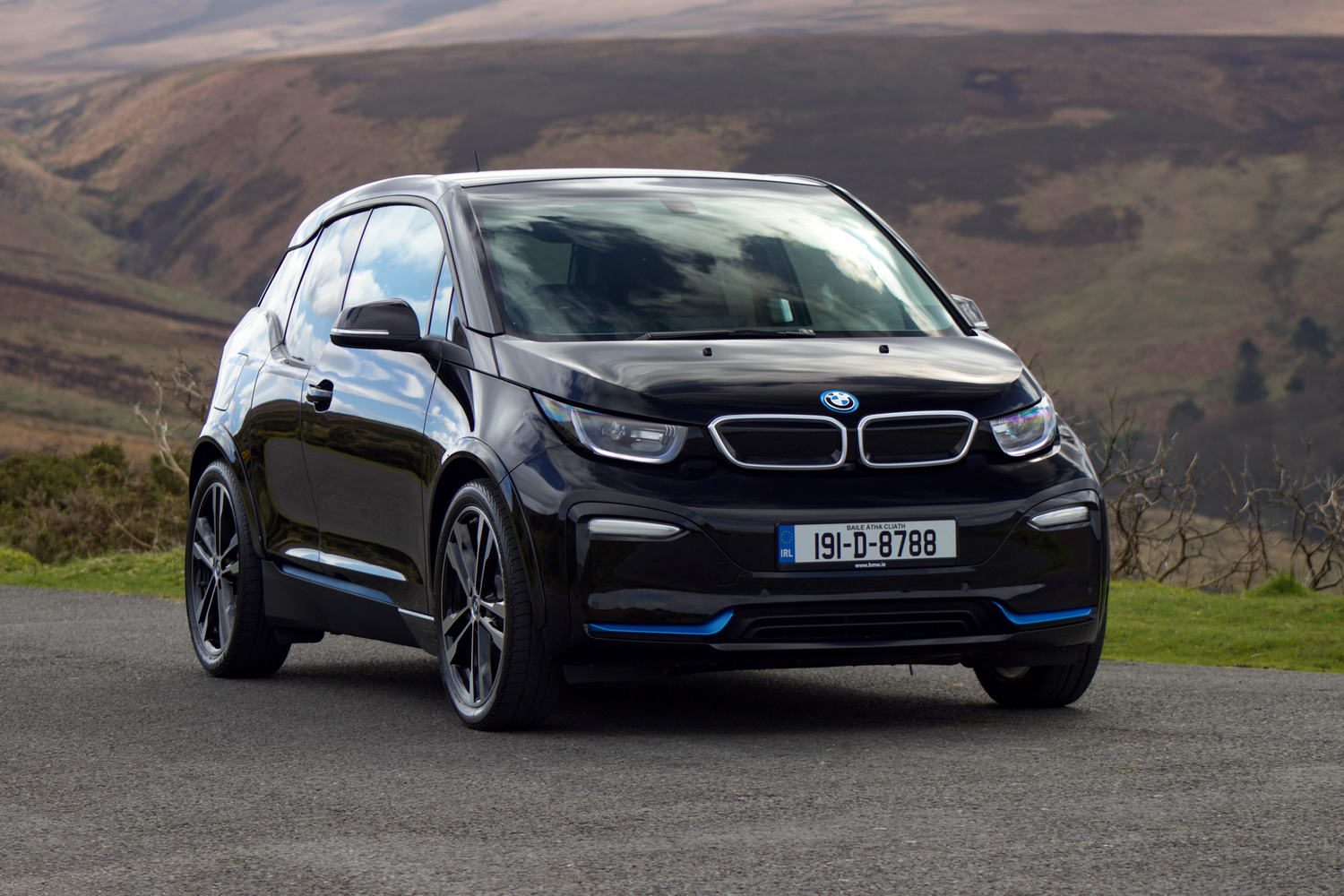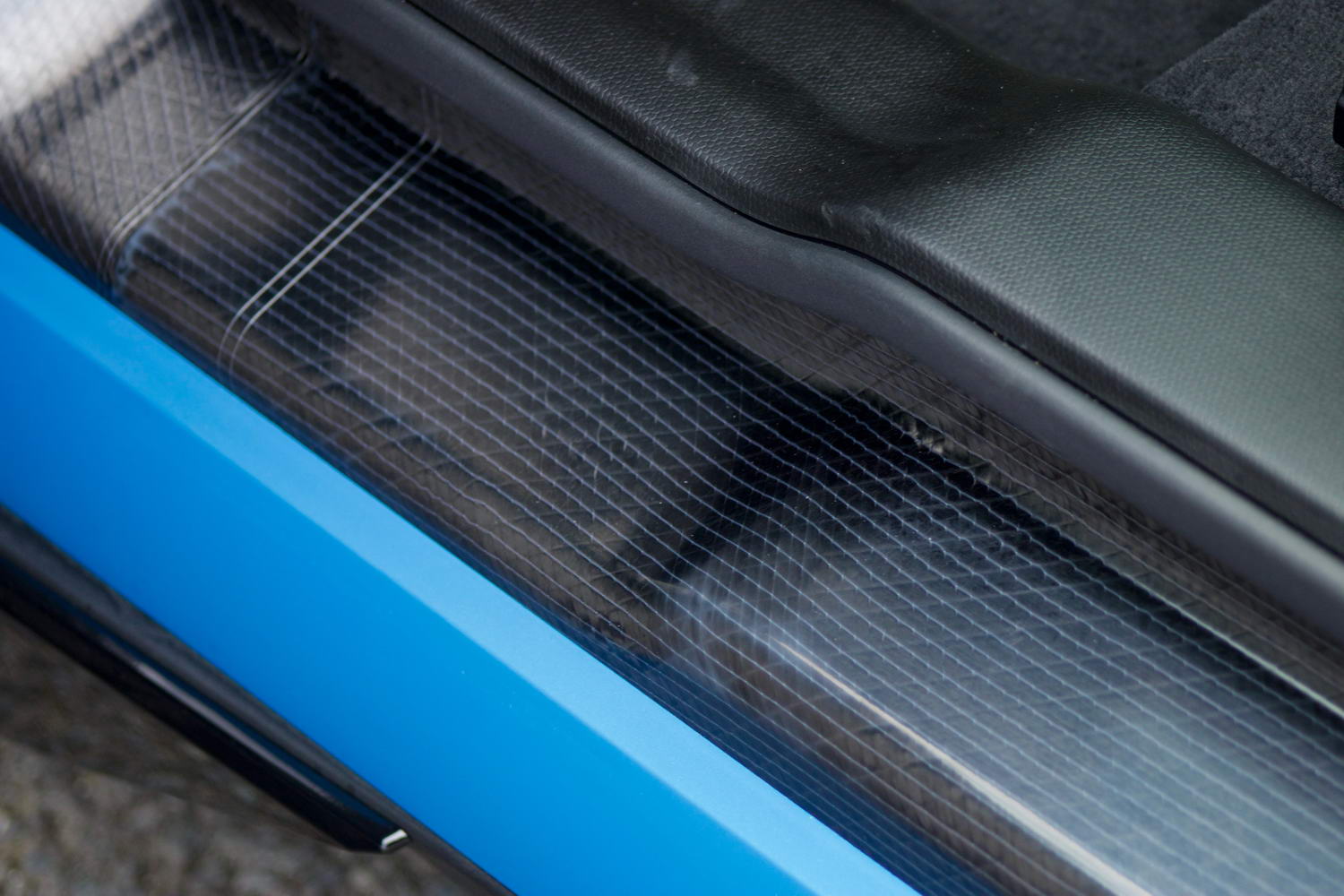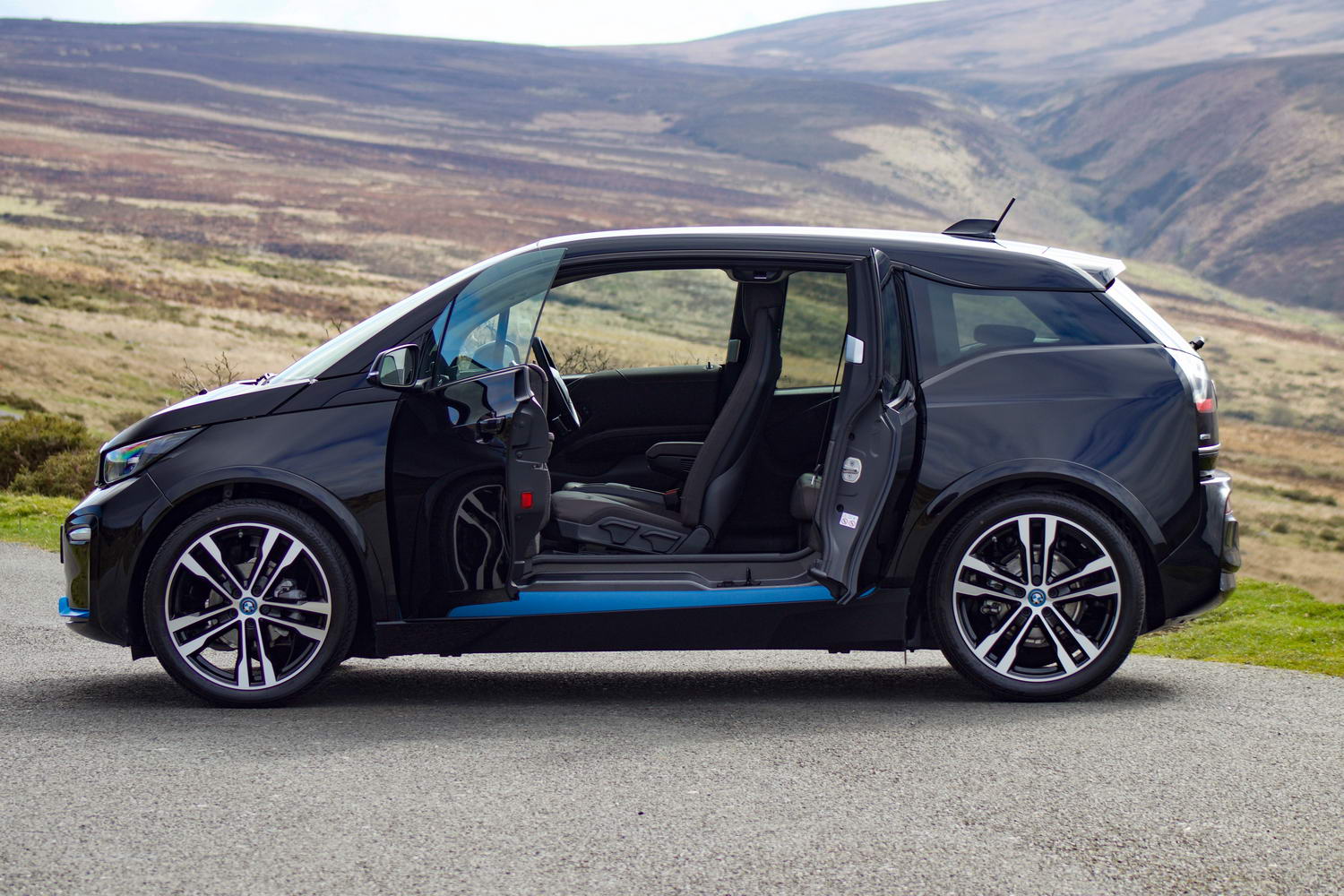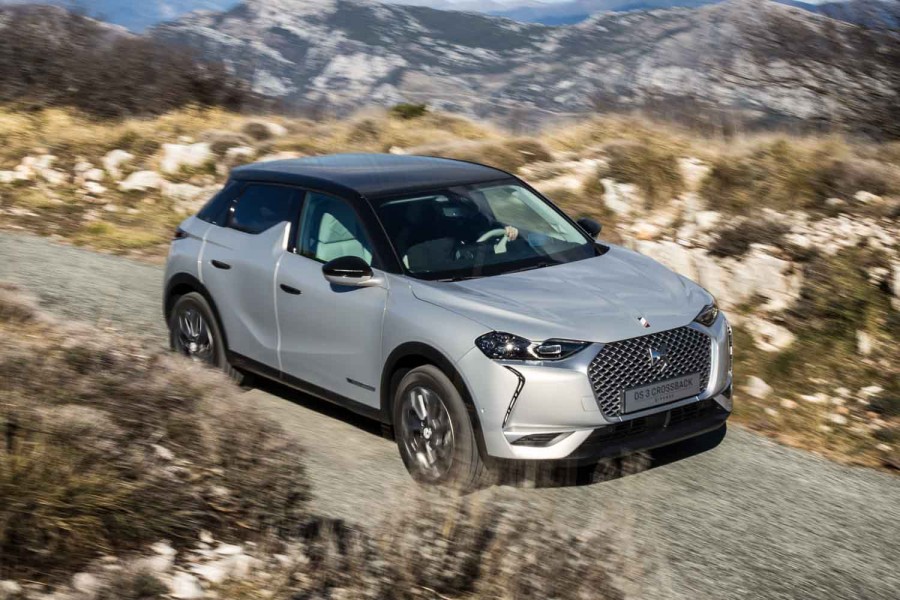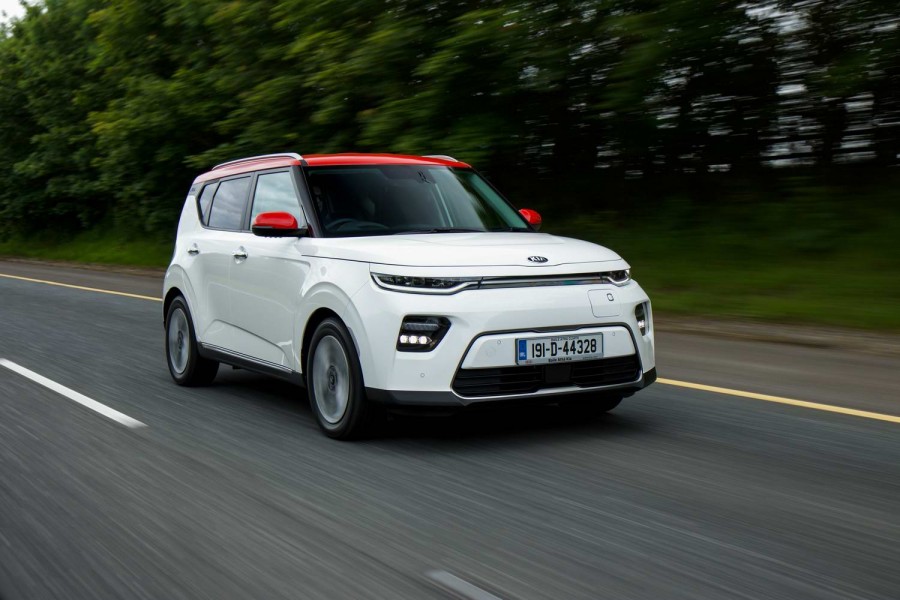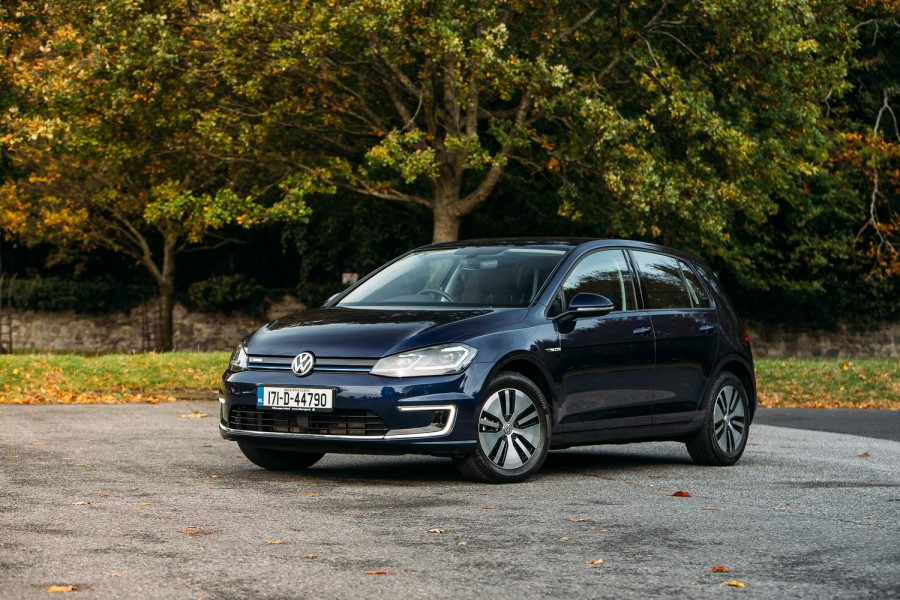What are you driving?
The thing is, the BMW i3 is actually quite an old car at this point. It was originally launched in 2013, making it more than half-a-decade old, which in the dog years of electric cars is positively dotage territory. The world, and the motoring world, has changed utterly around the i3 since we first saw it.
Yet, thanks to some choice updates, it is still one of the very best electric cars that you can buy. Does that mean that BMW was even more far-sighted with the i3's design than we thought? Or does it mean that, for all the hype, electric car tech hasn't actually moved on all that much since 2013? A little from column A, a little from column B, perhaps...
Where the i3 has changed is in its battery. The i3 originally started life with a weedy 22kWh battery that, in one-charge range terms, was rather like putting an espresso cup's worth of petrol in your tank. The i3 was so short-ranged that the most popular version was actually the range-extender model, which came with a two-cylinder scooter engine, acting as a generator, which would keep the battery topped up on longer journeys.
That battery was originally upgraded to 33kWh, and now has been further expanded to 42.2kWh, or 120Ah as BMW prefers to call it. Impressively, the upgrade has kept the battery pack within its original dimensions, so there's no extra intrusion into the cabin nor boot.
The extra power has resulted in extra range, of course, but also extra performance, as BMW has seen fit to create a sportier i3s model. Its electric motor (still mounted under the boot, so this is still a proper rear-drive BMW) has an impressive 184hp, and 270Nm of torque, all delivered in that inimitable electric car fashion, as soon as you stomp on the accelerator.
Name its best bits
Performance, then, is brisk at the very least. The 0-100km/h sprint takes 6.9 seconds, so you're well into decent hot hatch territory, and that's partly thanks to the i3's relatively low weight. At 1,395kg, you can see the benefit of the i3's expensive carbon-reinforced plastic structure.
So, what we've got here is a carbon-chassis, rear-engined car with sharp performance and a premium badge. Six years down the line, there isn't really any other vehicle that can match that specification. And it gets better again when you open the door...
Before you do that, you must take in the styling, which kind of blows hot and cold at the same time. The chunky, snub-nosed shape is not without its appeal, but the boxy rear end, that that awkward line where the rear side glass droops down just behind the front door never quite gels. Still, there's something to be said for its oddball, "I am DEFINITELY an electric car" styling compared to the increasingly bland efforts of other EV models.
The cabin makes up for any concerns over the exterior styling. All you have to do is make sure you specify the 'Fine-wood trim Eucalyptus matte' wood and you've got one of the best motoring cabins around. OK, so it doesn't quite have the visual impact of Mercedes' MBUX interiors, but it still manages to pull off the juggling act between being useable (good seats, decent space, easily explicable iDrive infotainment system) and being space-age cool (exposed carbon panels, the 'robot claw' gear selector, the minimalist chic styling). The rear-hinged doors (lifted more or less directly from the old MINI Clubman) are not the most practical solution to rear seat access, but prove less of an impediment than you'd expect. The boot is small but sufficient. Quality levels are simply excellent.
What about range, though? All of the quirky styling and silky-finish wood trim won't do you an ounce of good if your battery runs out too quickly. Well, there's good news here too. On the WLTP test regime, BMW says that the standard i3 will get 310km out of a full charge, while this i3s will get 285km. Those claims are sufficient that BMW has decided to drop the old range-extender model, with its buzzing engine, entirely. Happily, the official figures seem to stack up pretty well. I was able to drive from my home in Belfast to an appointment in south Dublin in one hop, no stopping for a quick charge.
To do that requires a little discipline and getting into the habit of using the energy-saving Eco Pro + setting on the drive mode selector. This limits your top speed to 90km/h, but it's hugely useful when you're trickling along in heavy traffic. By making occasional use of it, and cruising at 120km/h the rest of the time, the i3s made it from Belfast to Sandyford with an indicated 39km left in the battery. Considering that long motorway hauls are the hardest thing to do in any electric car, that's not bad going.
As for charging, BMW claims that from one of its 'i Wallbox' home chargers, you can top up the batteries from flat to 80 per cent in 3.6 hours. From a DC public fast charger, working at 50kW, that same charge takes a reasonable 40 minutes or so.
What's it like to drive? Enjoyable but limited. The i3s has lovely steering - light but chatty - and good body control, but enthusiastic cornering puts it on the limit of its skinny, low-rolling-resistance tyres very quickly.
It is extraordinarily well priced, though. Factor in the VRT rebate and the SEAI grant and the i3's base price is €36,635. That's cheaper than the likes of the Kia e-Niro and Hyundai Kona Electric. Yes, the Korean cousins have longer claimed battery ranges, but their styling and interiors are a world away from the BMW's. Our specced-up i3s test car clocked in at a price of €44,613 once you factor in the grants, which seems not bad for a car with such performance and style.
Anything that bugs you?
OK, so the styling isn't going to be everyone's cup of tea, and the four-seat only layout is limiting. As is the boot size. And the ride quality is pretty dreadful. A standard i3 on smaller alloys would be a comfier, cheaper and not actually all that much slower choice.
And why have you given it this rating?
The BMW i3s is not perfect. The ride quality, the lack of a fifth seat, the small boot and the fact that it lacks niceties such as blind spot monitoring or automated parking all grate in a car that's supposed to be cutting edge. But the i3 has an infectious character, a sense of fun to go with its high-tech heart, and that's something that's lacking from most other electric cars we've yet tried.
What do the rest of the team think?
In years to come, we'll look back at the BMW i3 as a pioneer of the time, and it's aging incredibly well. I'd put up with the compromises to have the sportier-looking and sportier-to-drive i3s model tested here, as it adds to the character of the car. This longer range battery makes it more relevant than ever.
Shane O'Donoghue - Editor
This version of the i3s is the best yet thanks to the increase in battery capacity that gives it an even better range. Despite some limitations, I still think the i3s is the one of the very best EVs on the market. I’m a huge fan of the design and it’s so much fun to drive, with a range that should suit the vast majority of urban motorists.
Dave Humphreys - Road Test Editor

